
When I heard about this exhibition it reminded me of how many years I went to drawing and painting because many of these paintings I had seen in magazines or reproductions at that time.
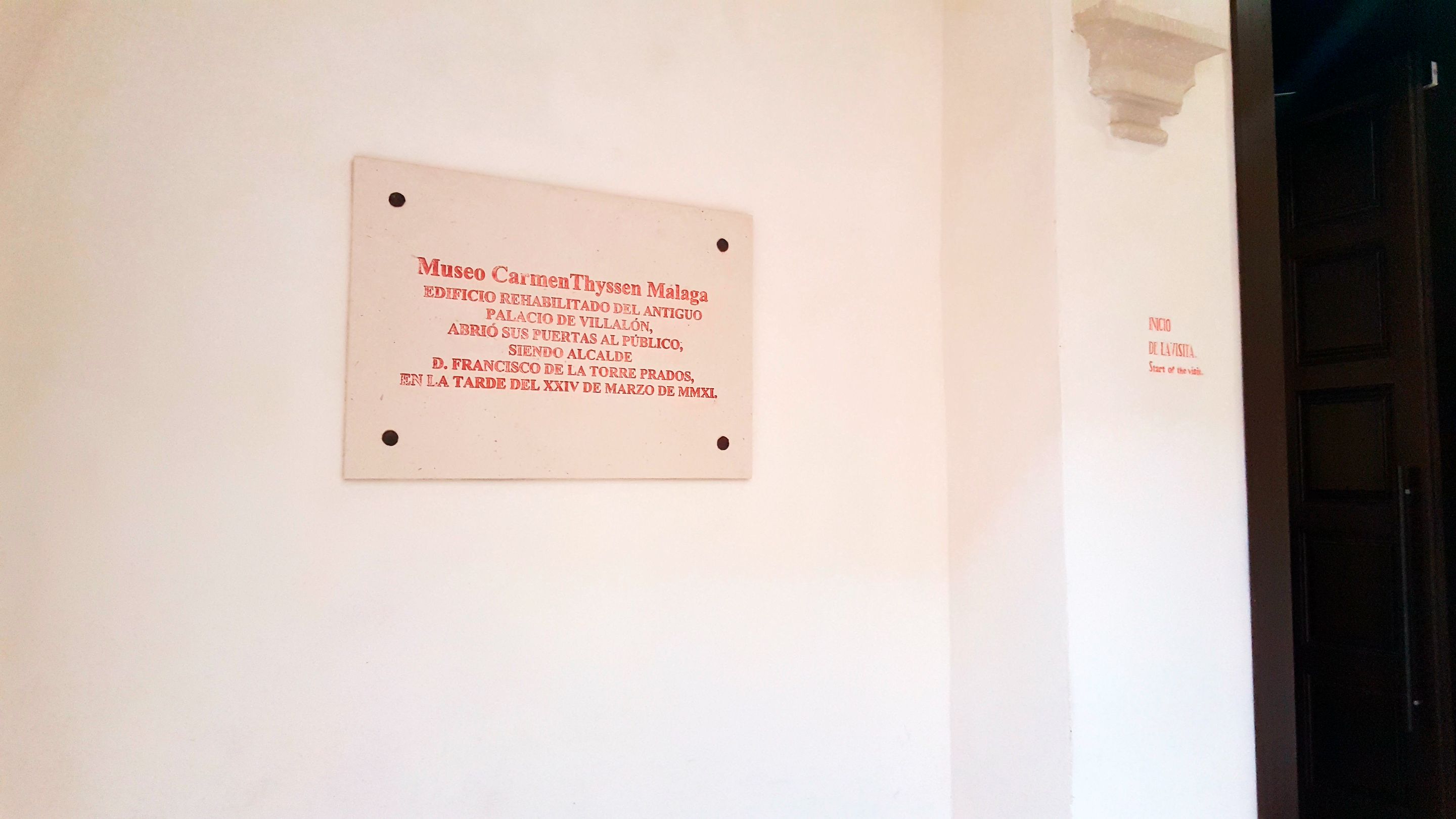
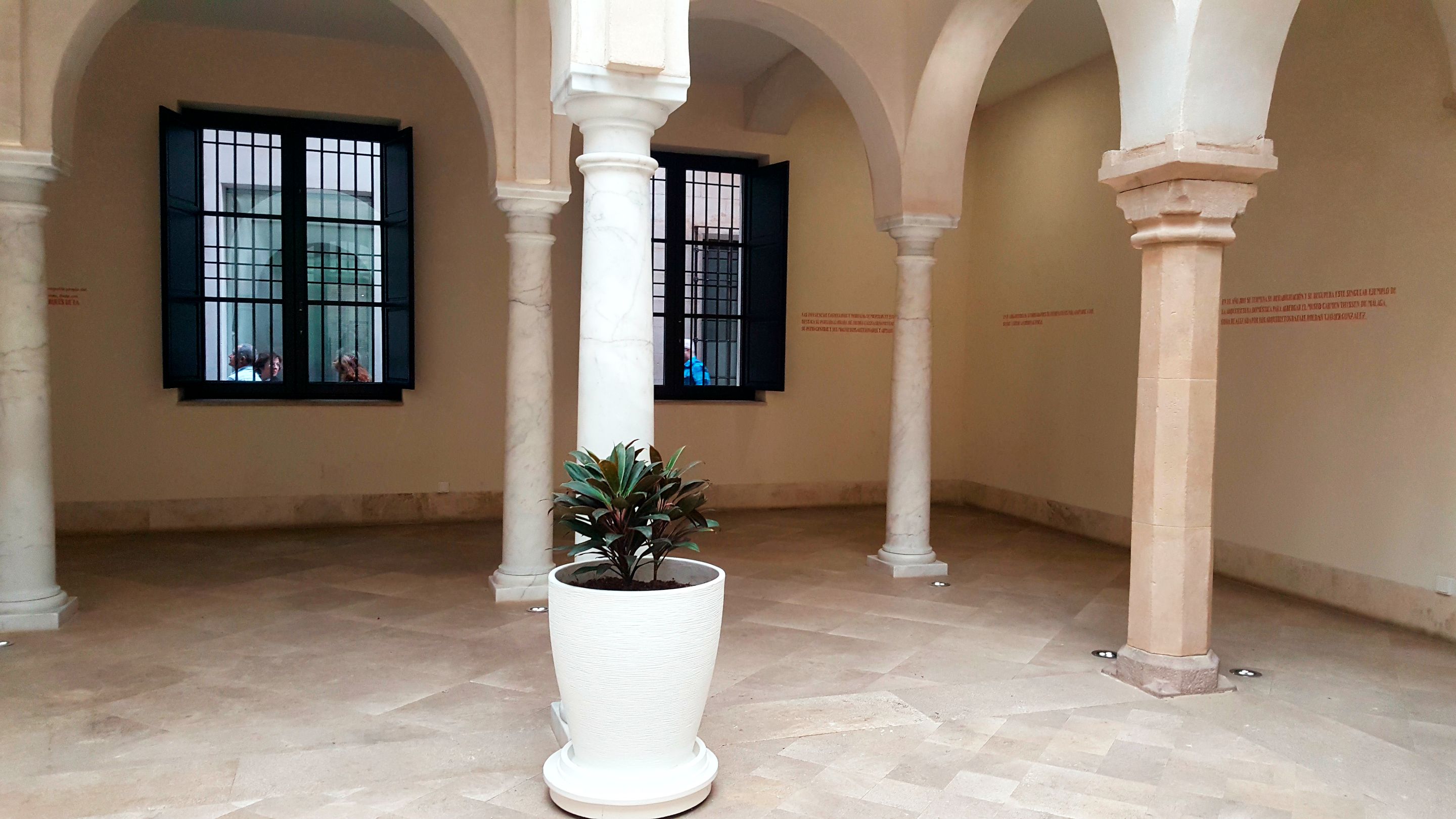
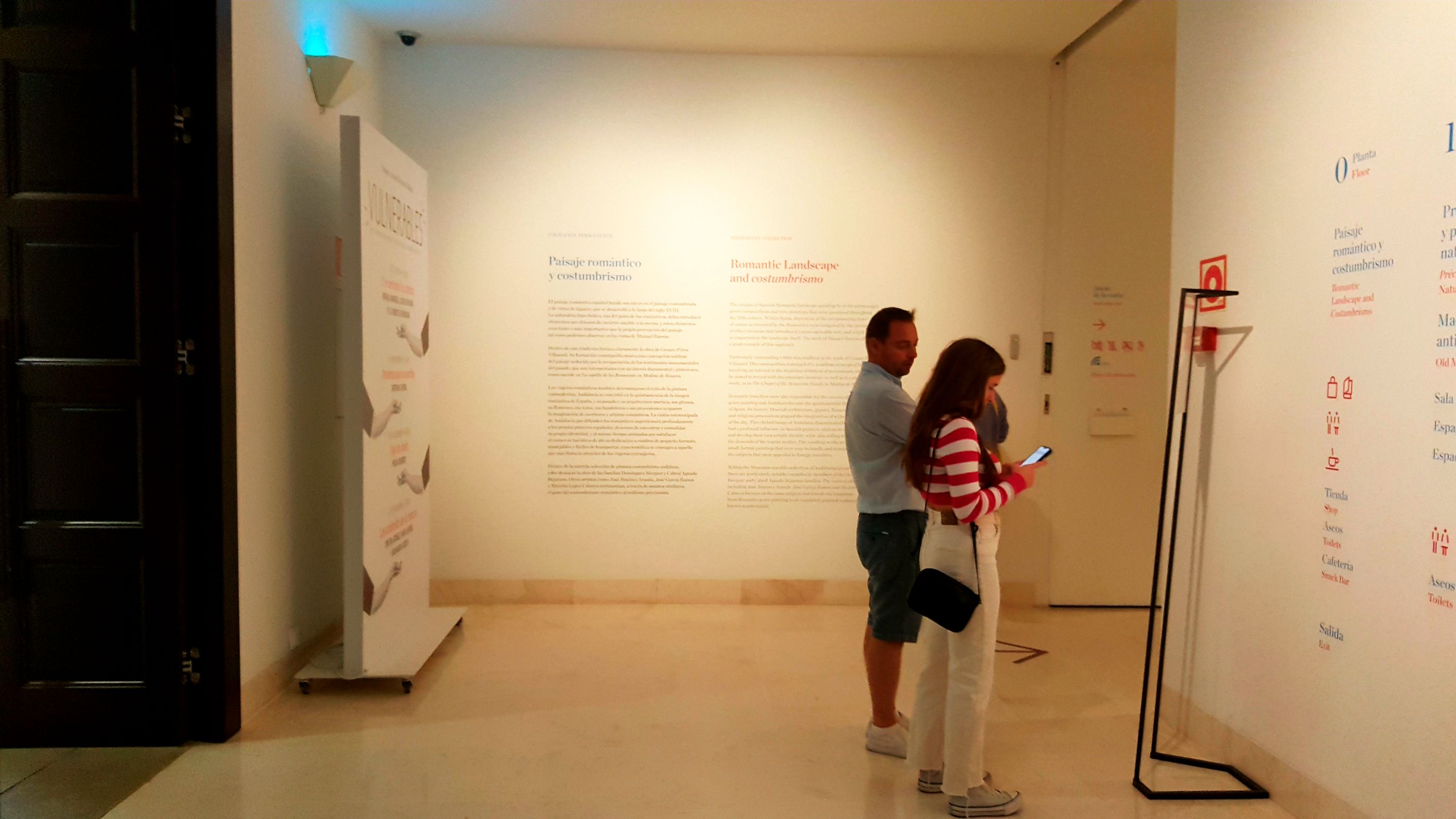
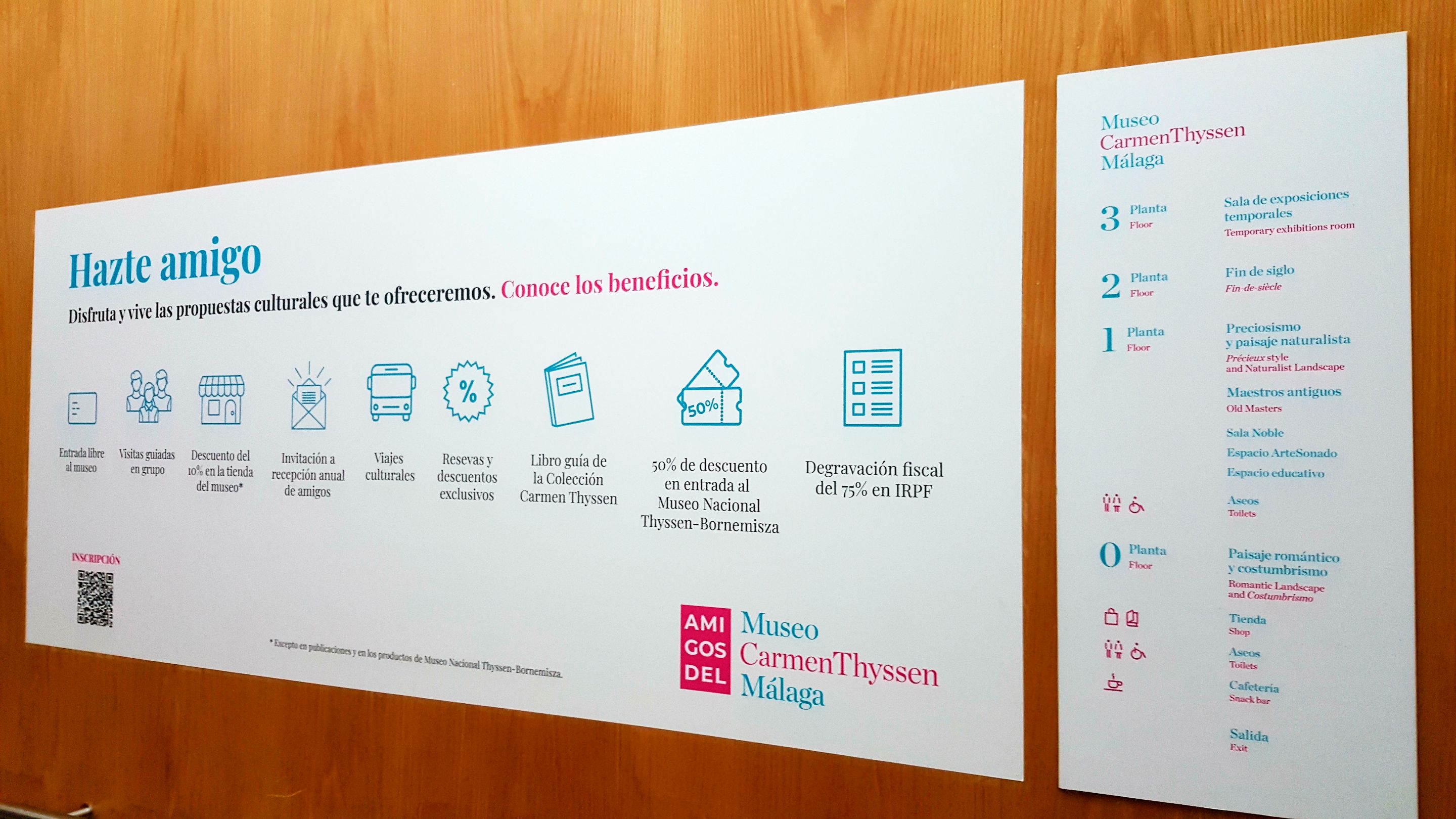
To be able to see them in person meant a lot to me. When I learnt painting many times I have painted works of this type, of this style and I wanted to visit this exhibition and not miss it as it ends in a few days.
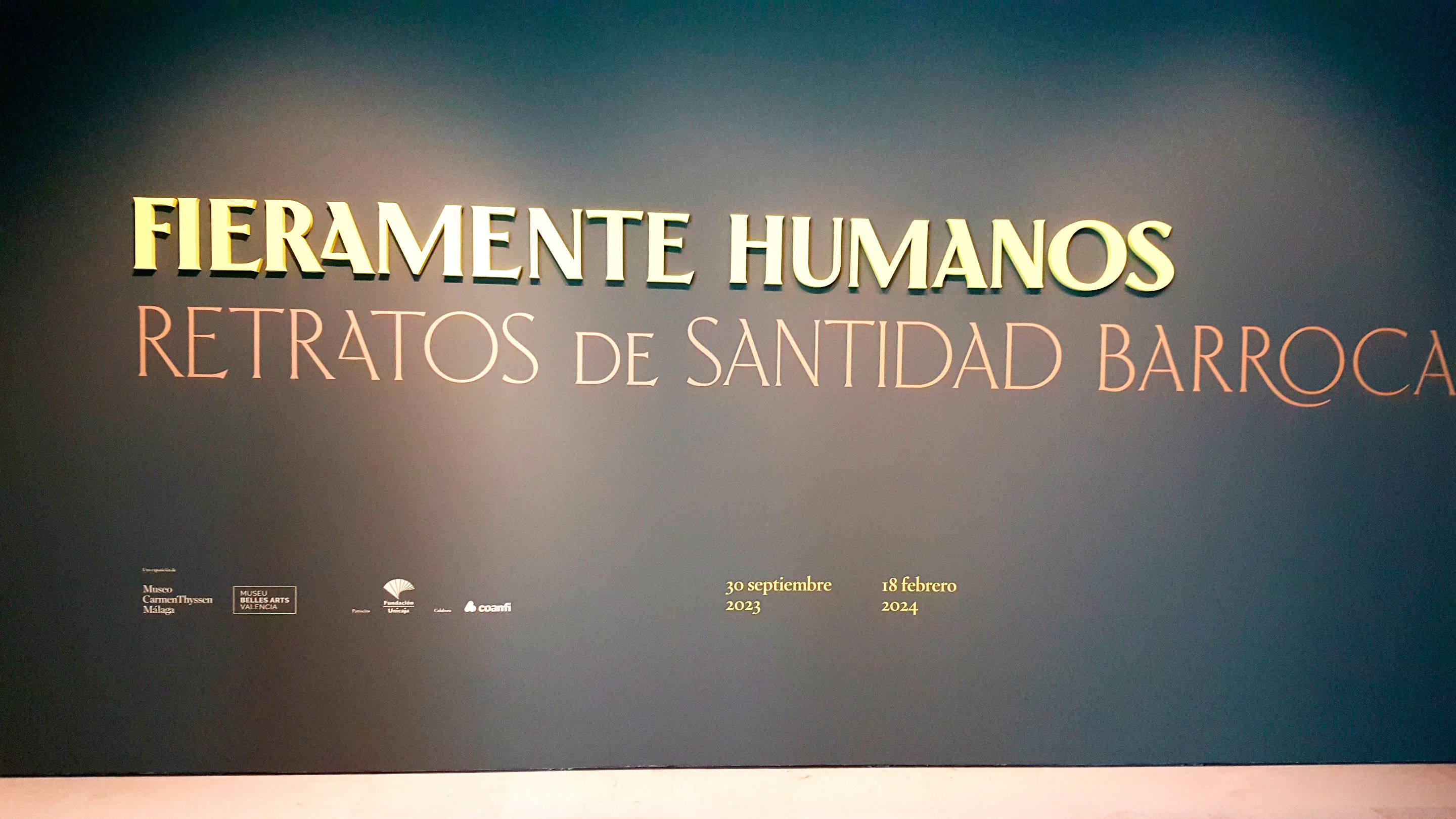

Within the baroque style in Spain, one of the most outstanding representations were works dedicated to saints, martyrs, Christ and the Virgin Mary. Everything referring to the Catholic religion was present in both painting and sculpture after the Council of Trent in the 16th century. This type of art was becoming more and more widespread.
The aim of all this production of works of this style and motif was to create a great impact on the emotions of the people who looked at them.
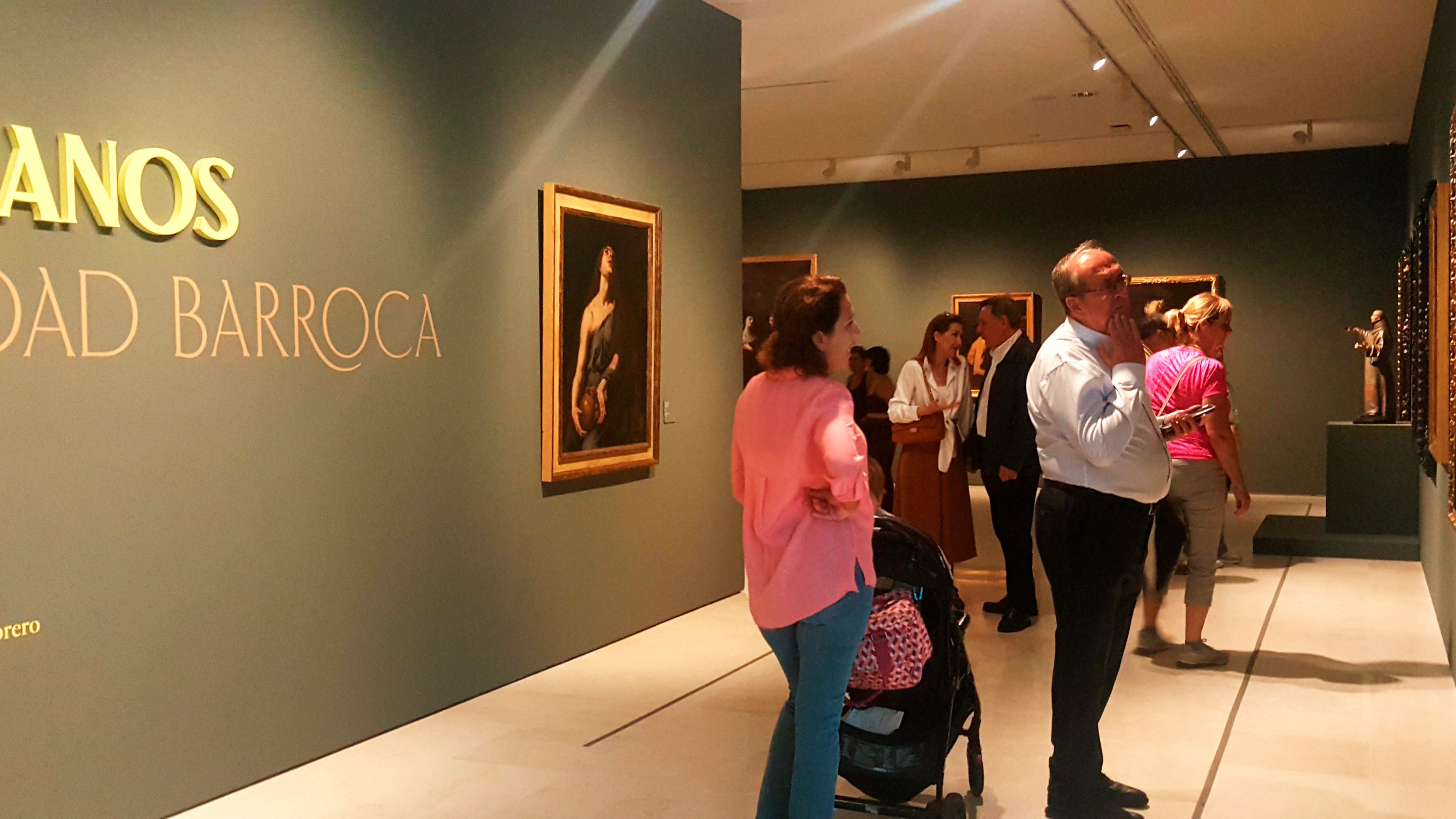
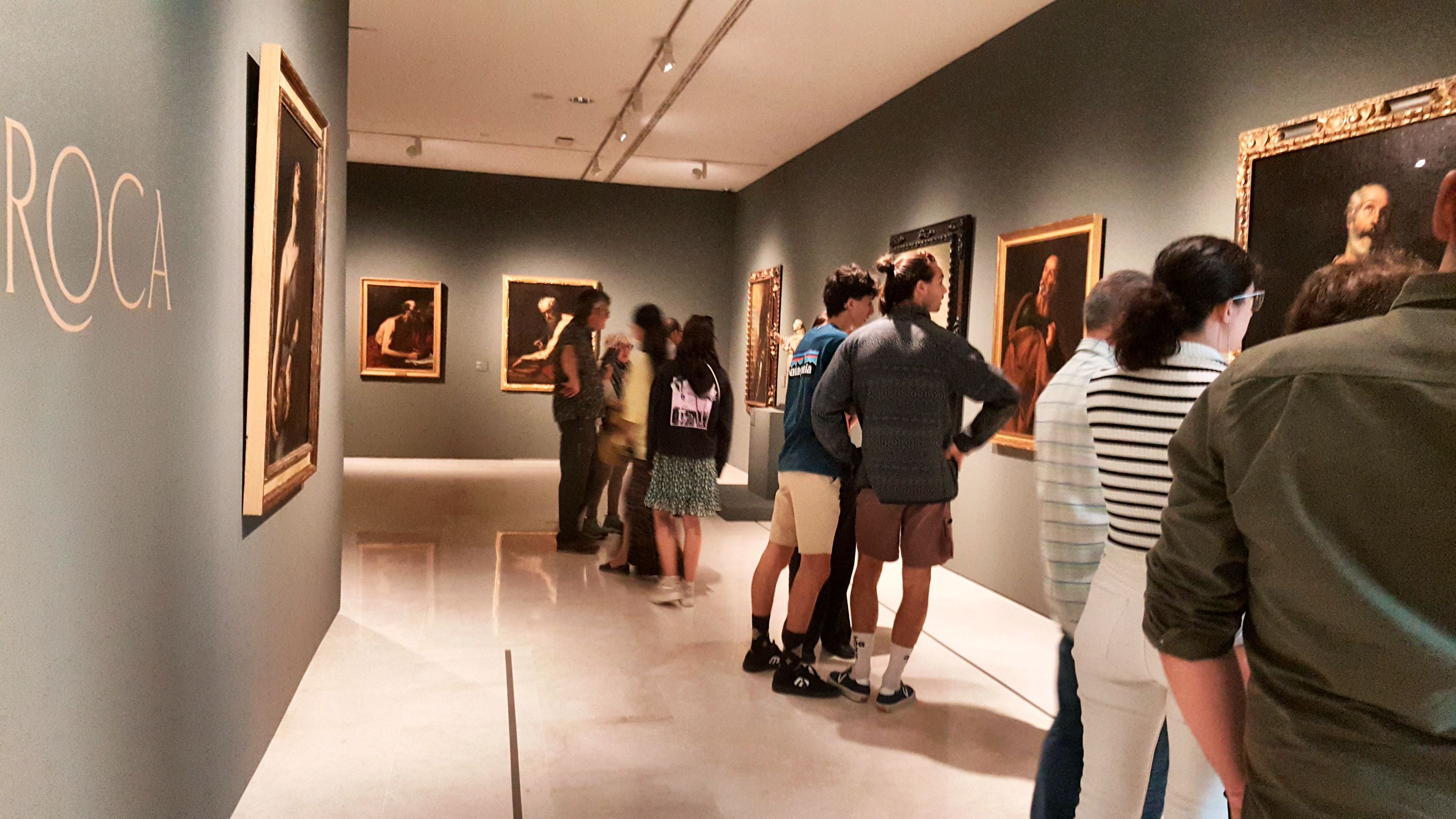
This art exhibition consists of approximately 35 works of art on the theme of holiness in the baroque style. Most of them are Spanish, but there are also Italian ones.
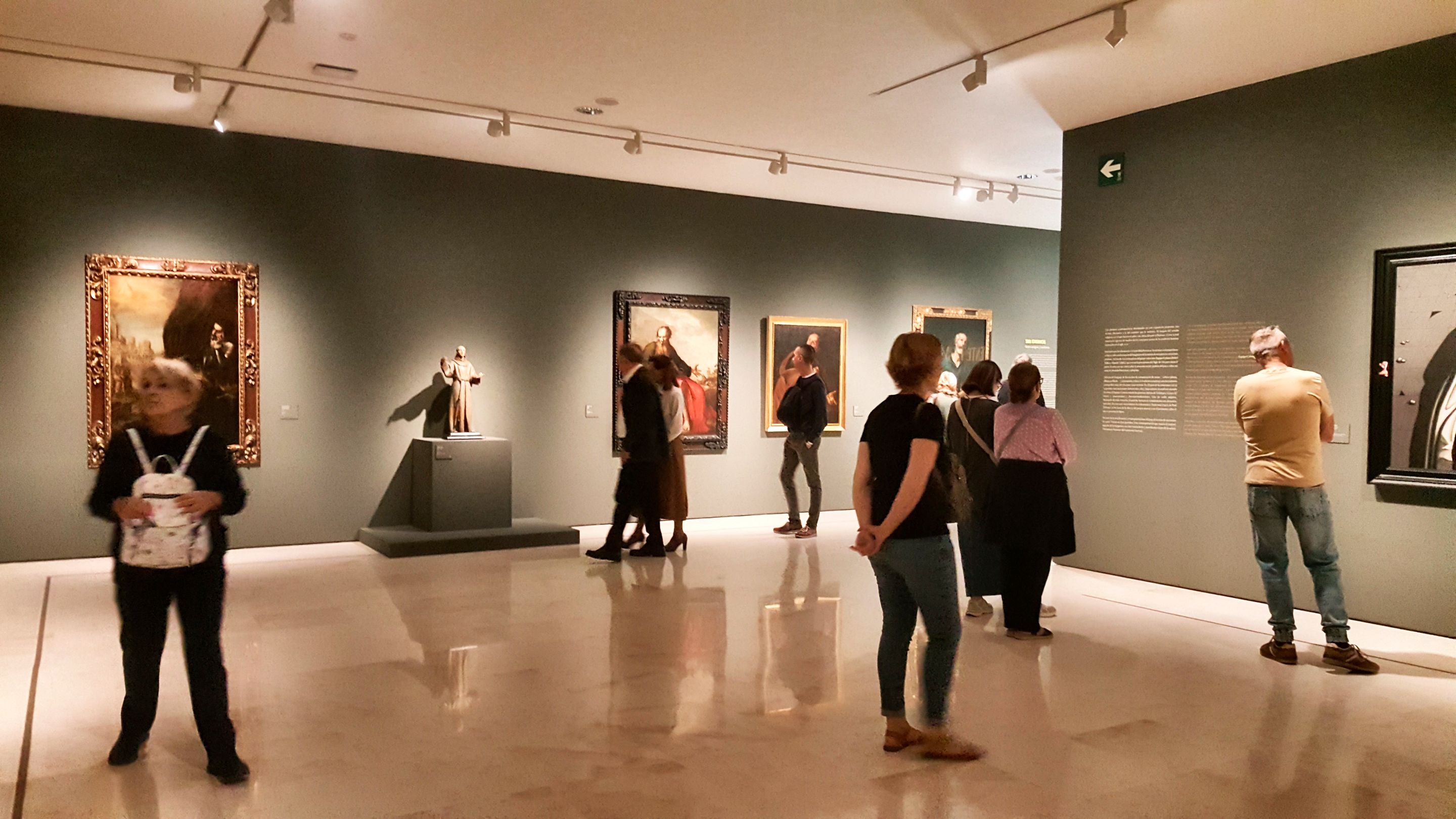
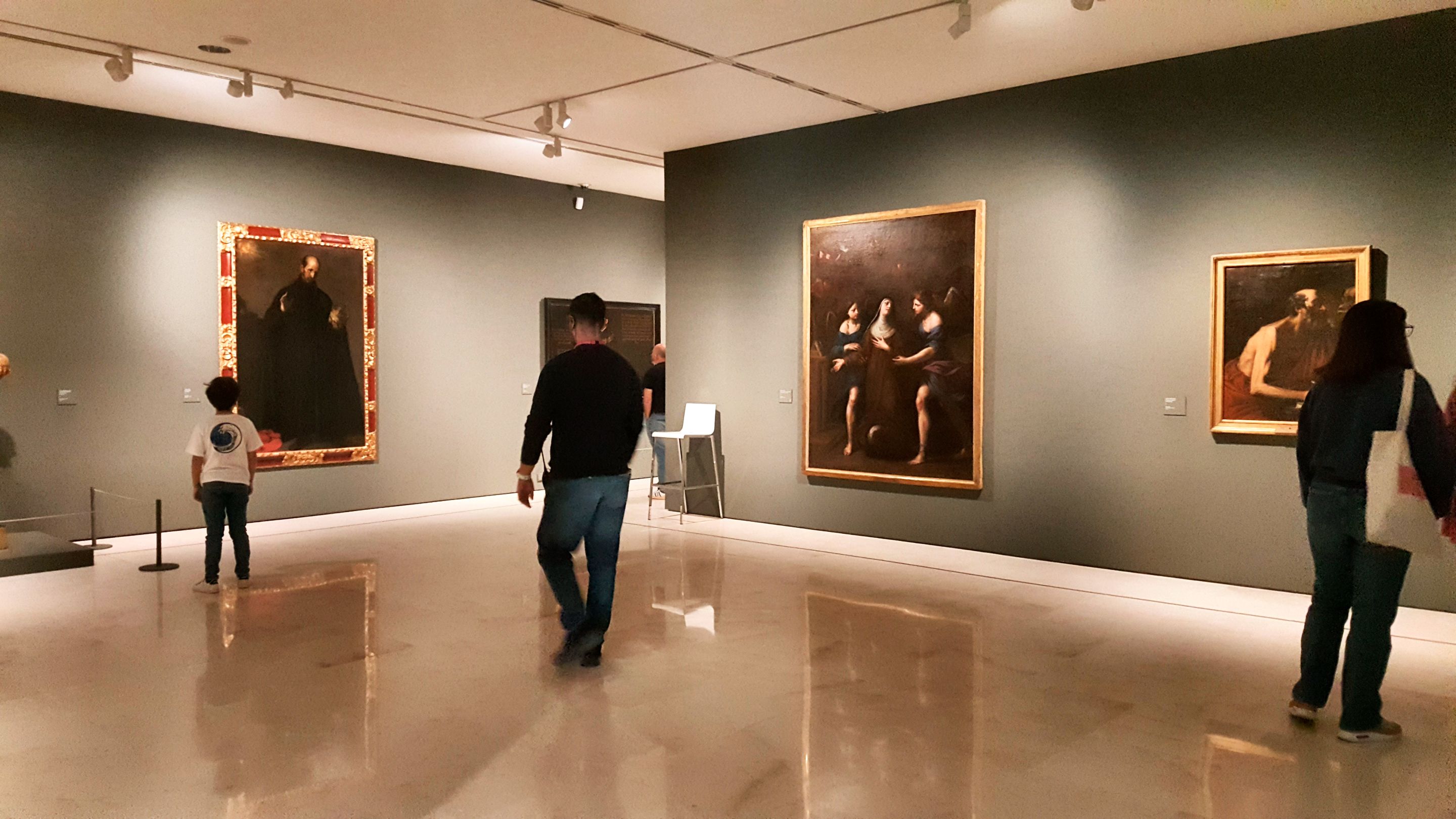
They cause a deep emotion when you look at them as they are very realistic. That is why they are so striking to the eye, because most of them almost look like photographs. The human figure is present and both faces and bodies are perfect in their composition, appearance and proportion. That is why they are so similar to photographs.


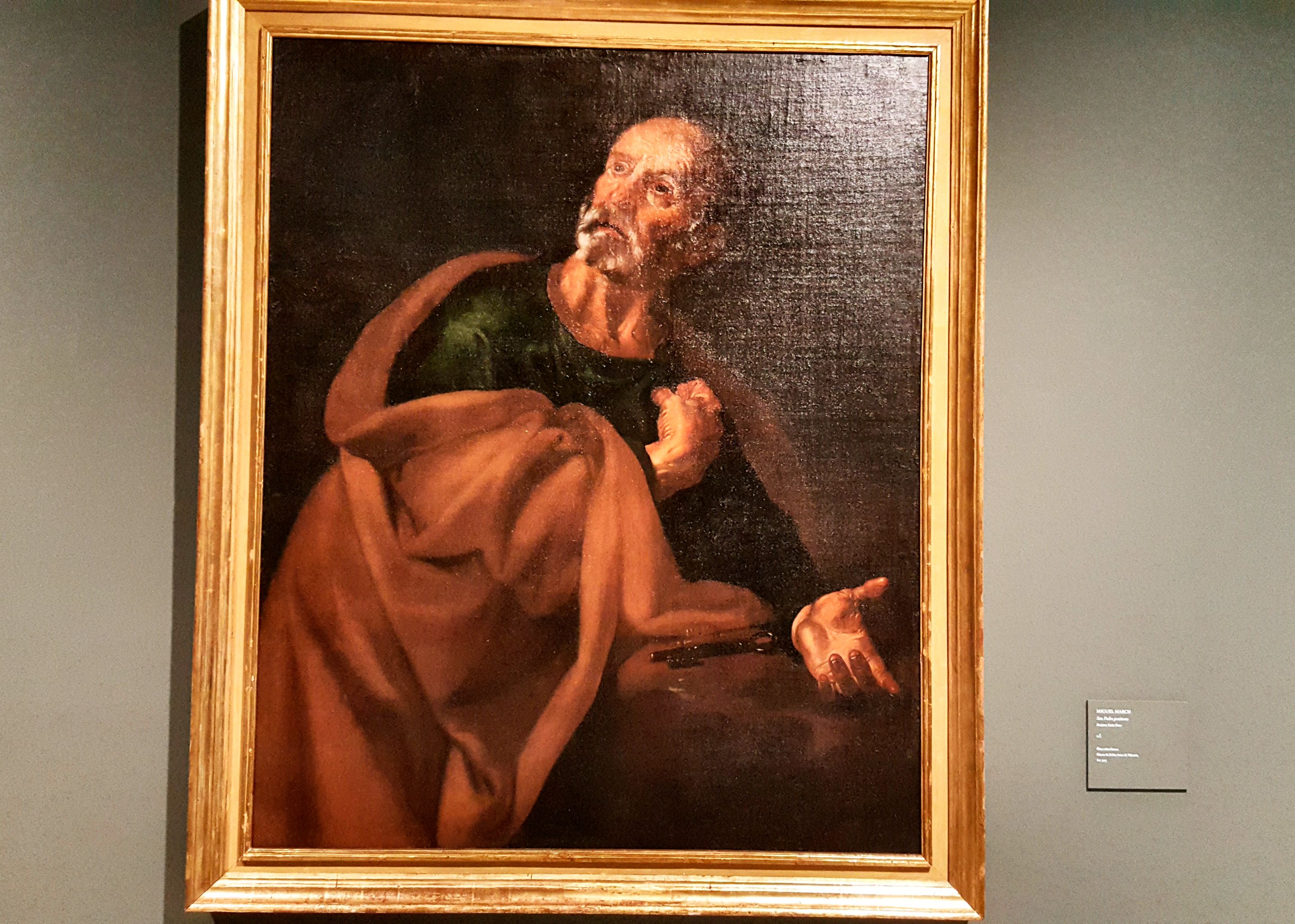
One can notice an ideal handling of light and shadow in such a way as to give naturalness to the faces, generating real expressions.
This type of work served at the time as a kind of tool for the propagation of faith and also as a way of showing how the saints came down to earth and became human, so they suffered, had pain and the weaknesses of a human being. That is why the exhibition was called Fiercely Human.
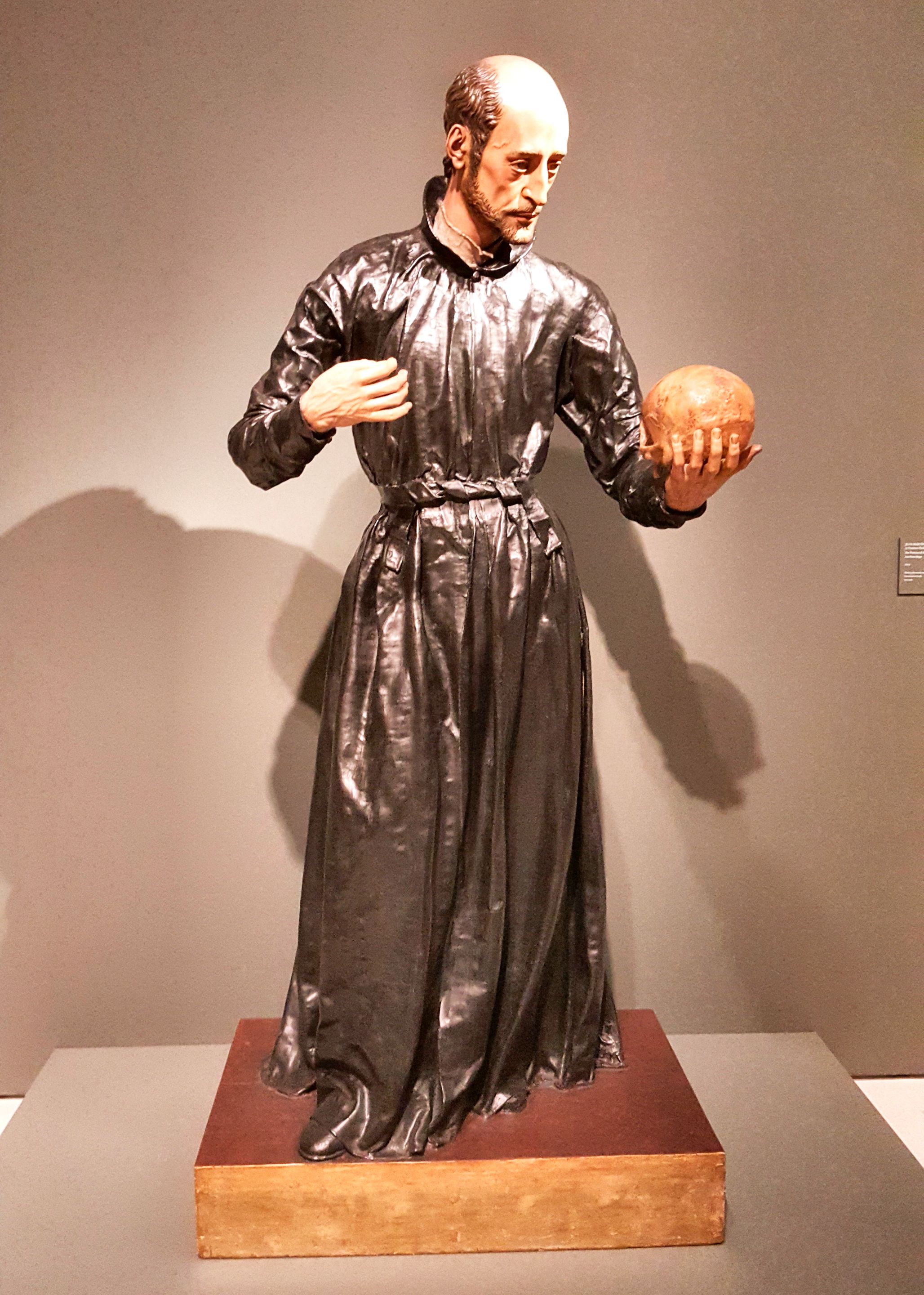 | 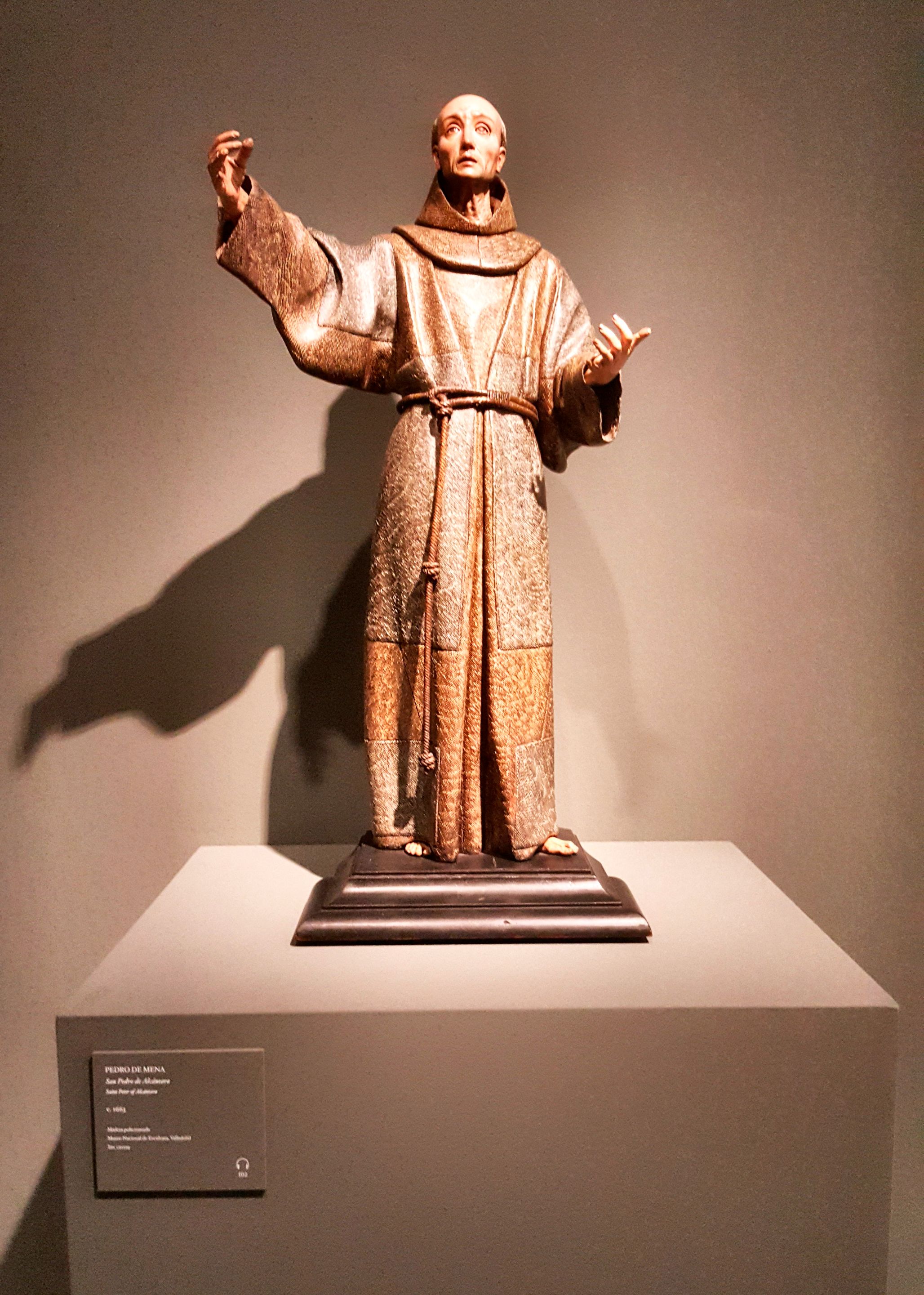 |
|---|
In this way painters of the time such as Velázquez, Mena, Ribera, Giordano and many others demonstrated with this realism and naturalness how these saints lived what a human being lives on earth.
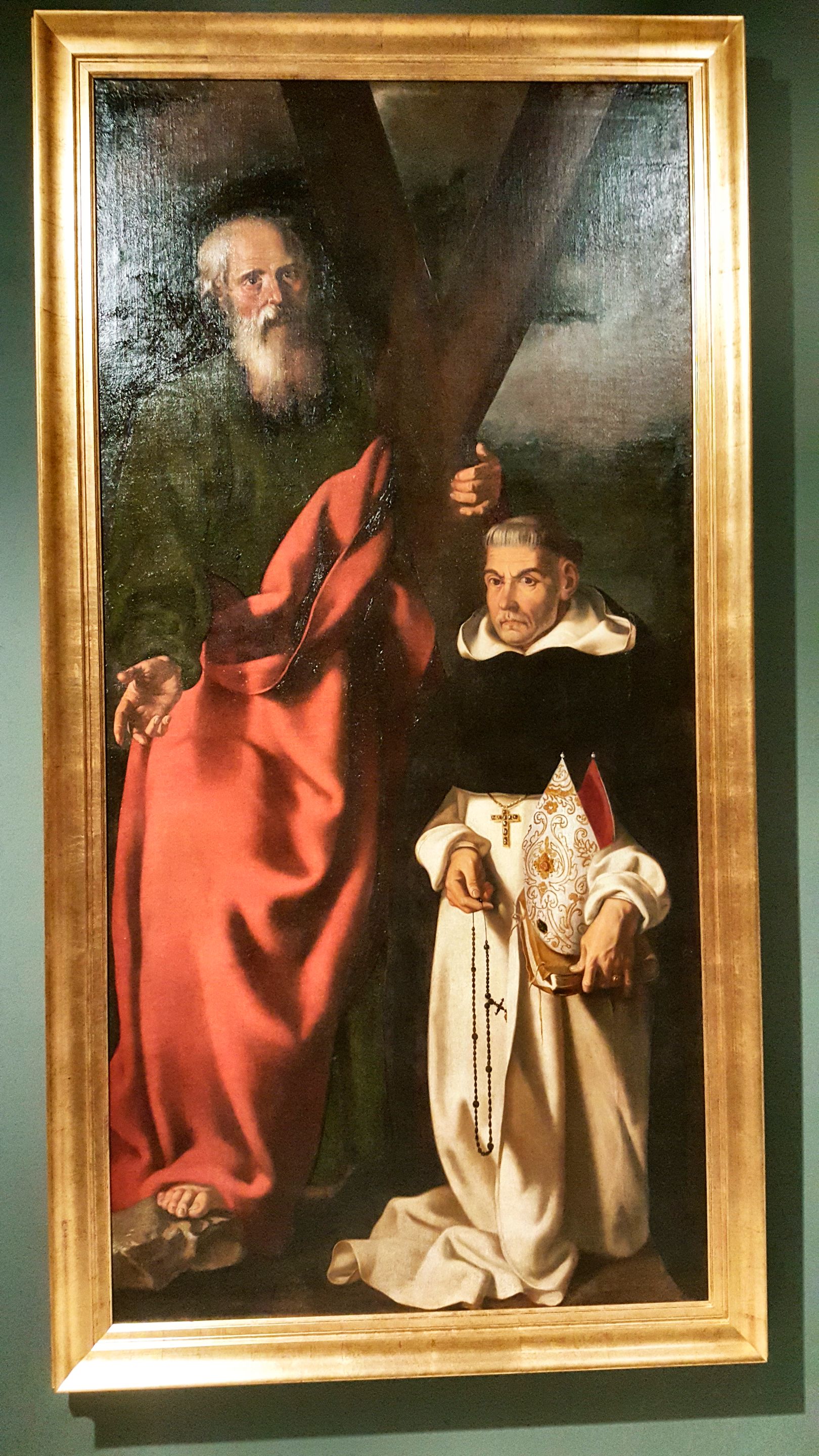 | 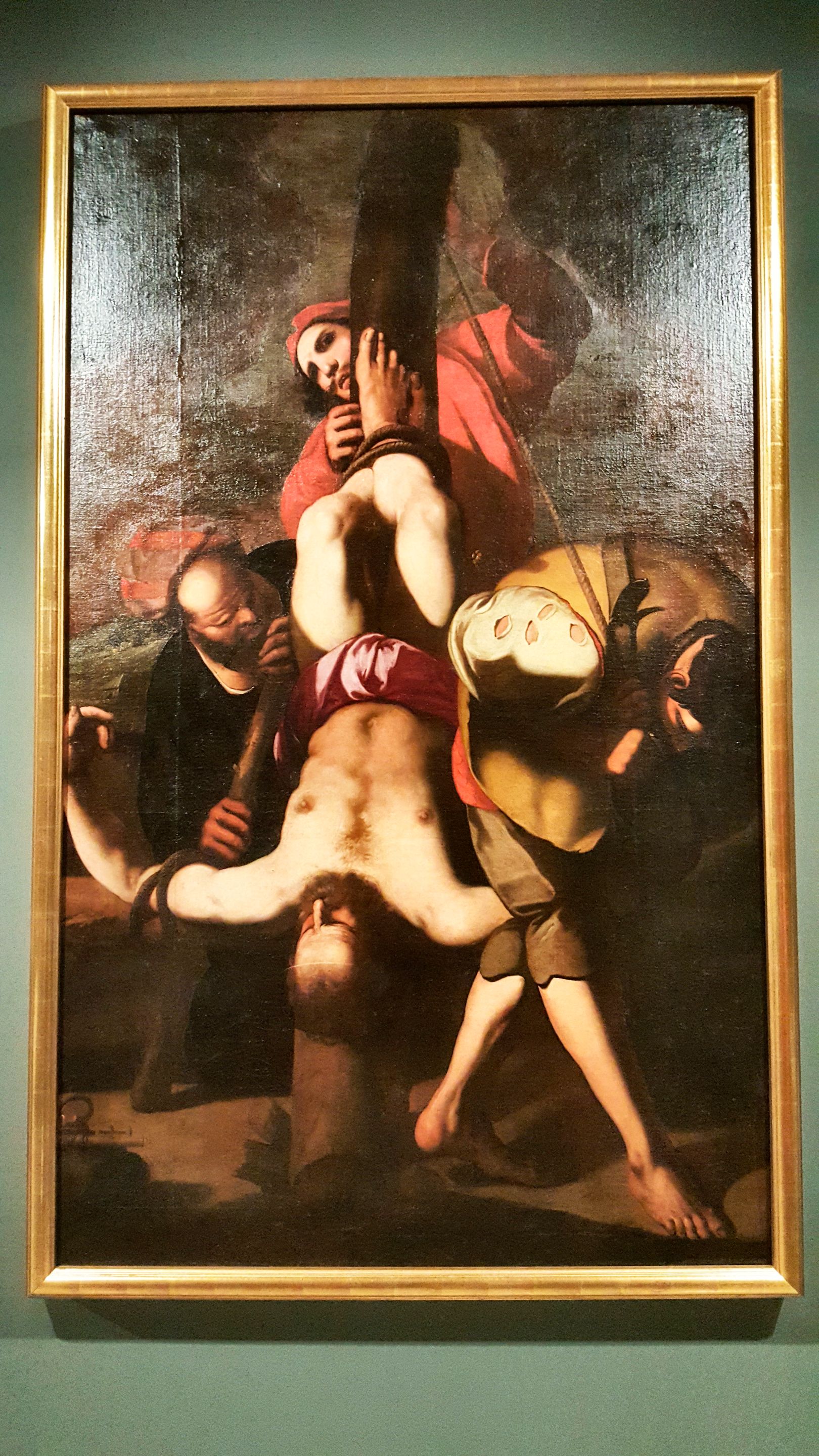 |
|---|
With the passing of time these paintings and sculptures became timeless and form part of the great world of art and continue to move emotions in the people who admire them.
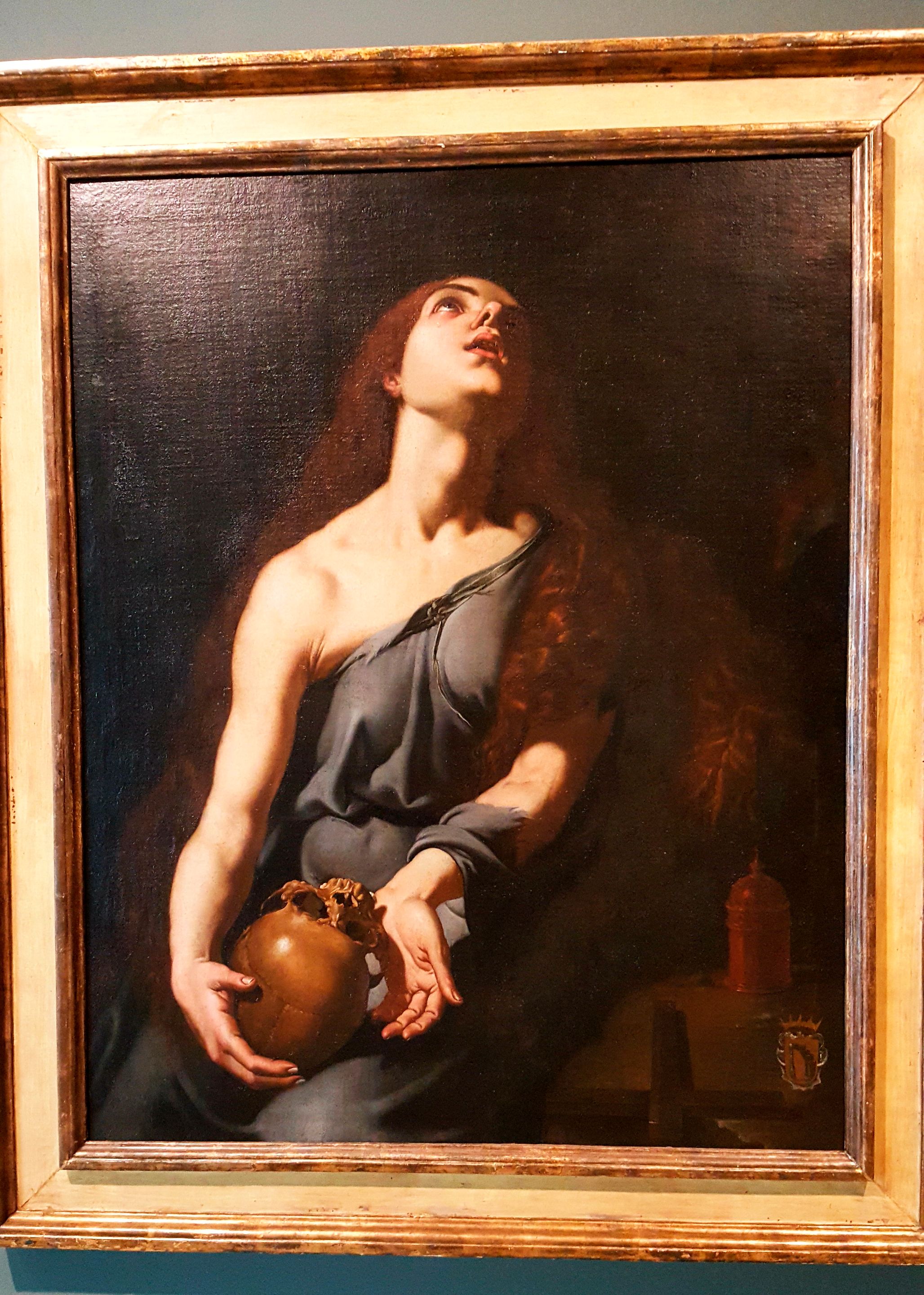
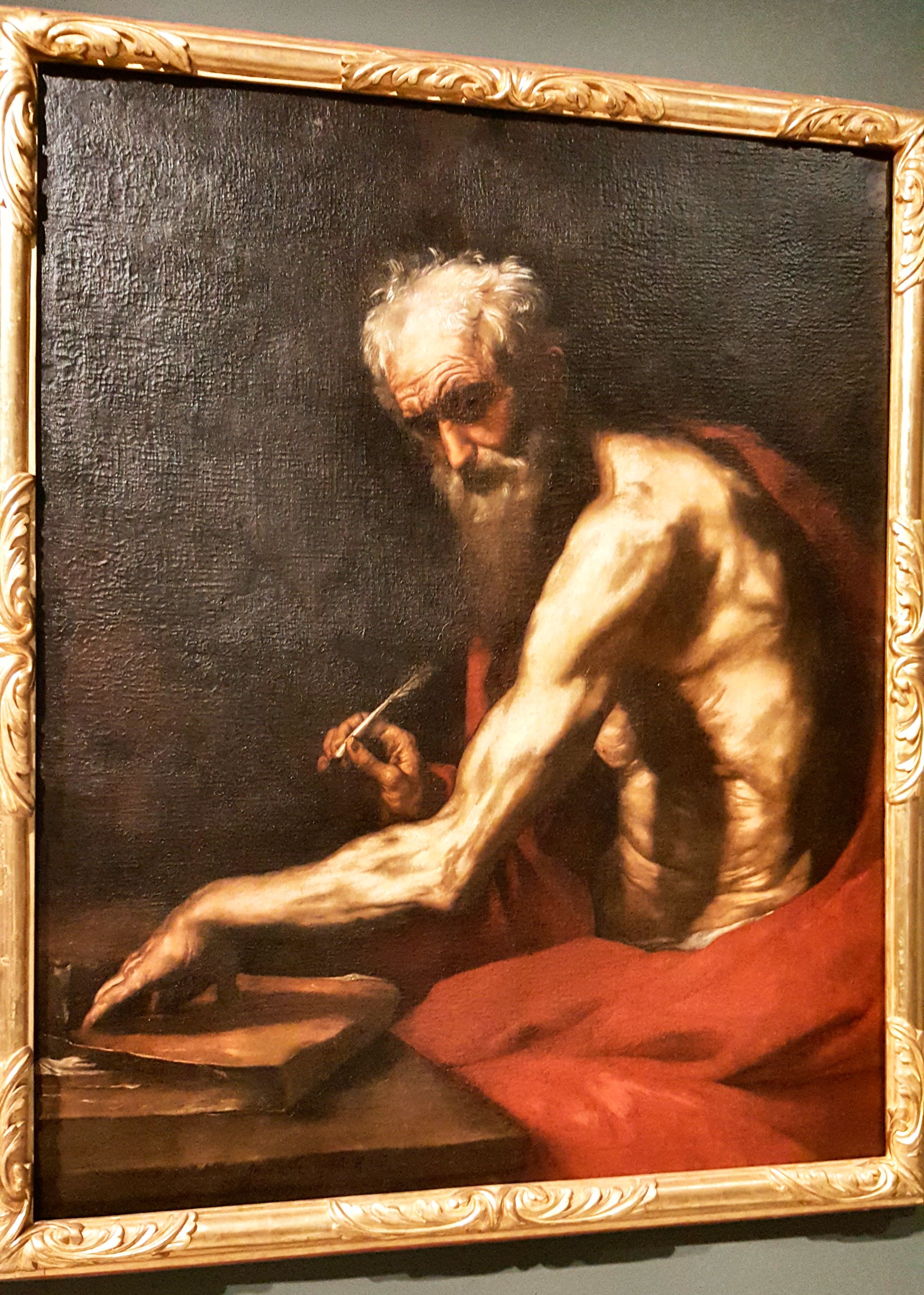
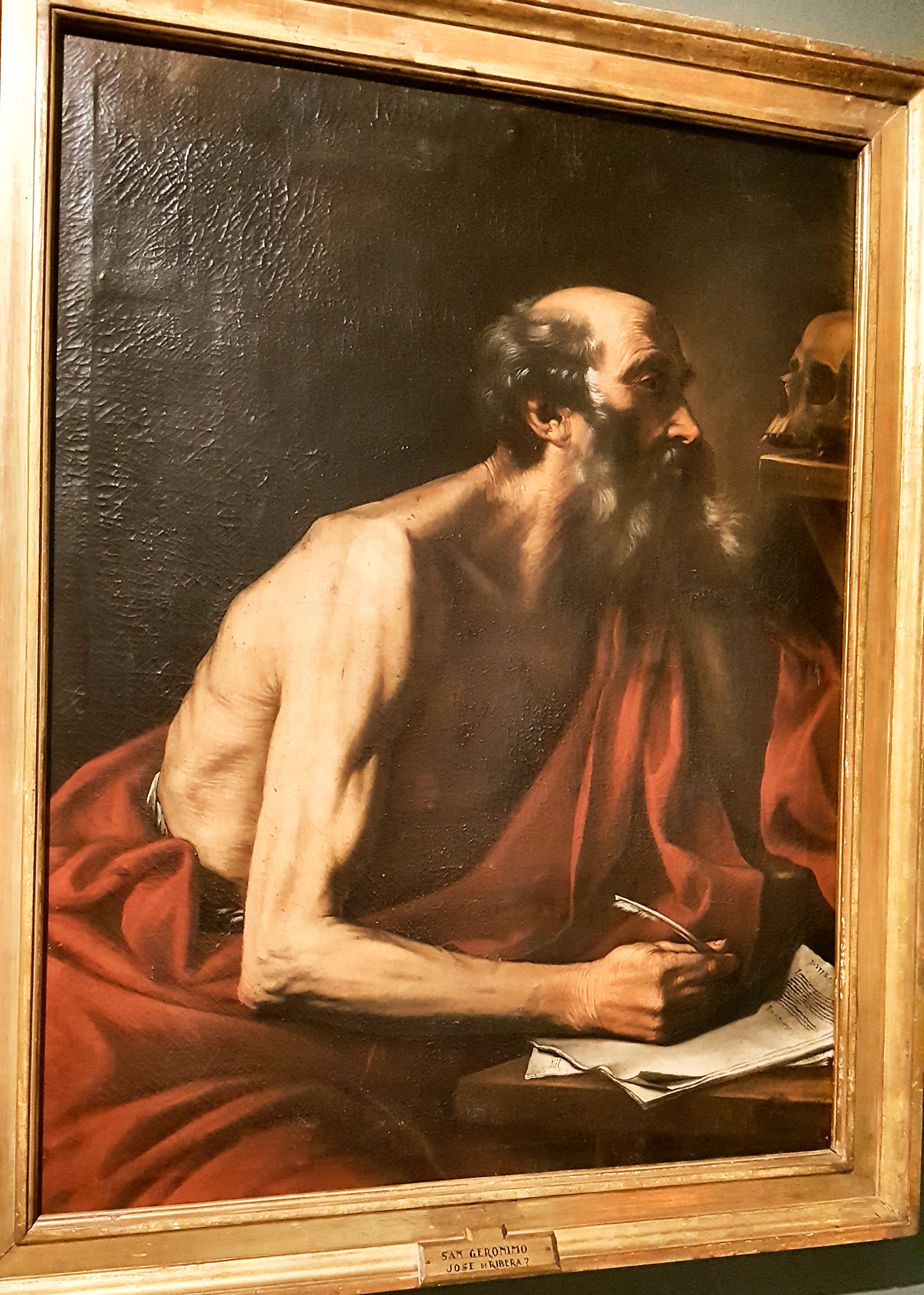
They are truly magnificent works, which seem or give the sensation that these people will come out of the painting at any moment, due to their realism.
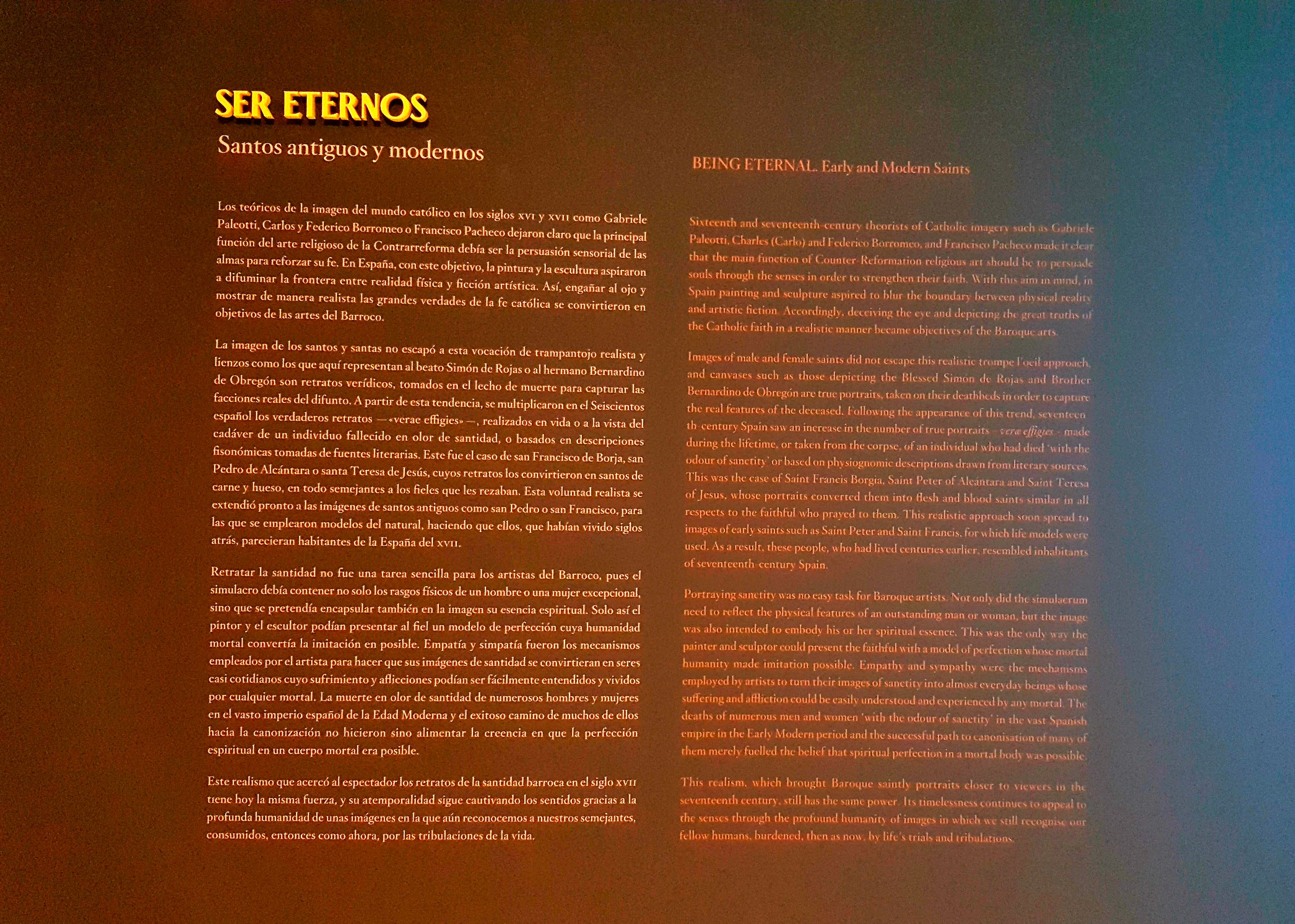
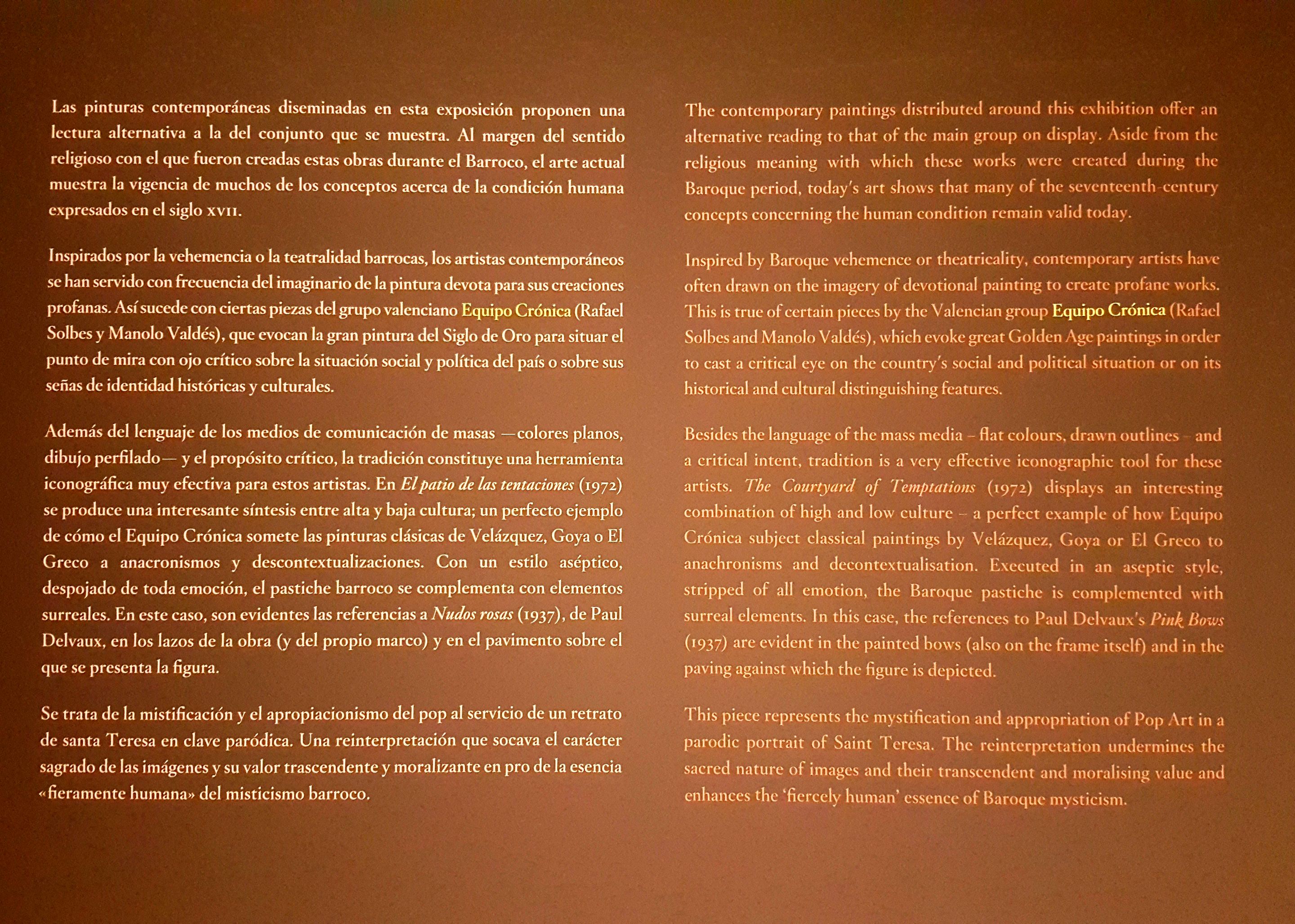
One of the sections of this exhibition is called Being Eternal. Ancient and modern saints.
Many artists through these paintings want to make it clear that one of the functions of these paintings is to reinforce people's faith and to cause a certain emotion in people.
The aim was that there should be a fine line between reality and fiction, and so Baroque art showed the Catholic faith in this way.

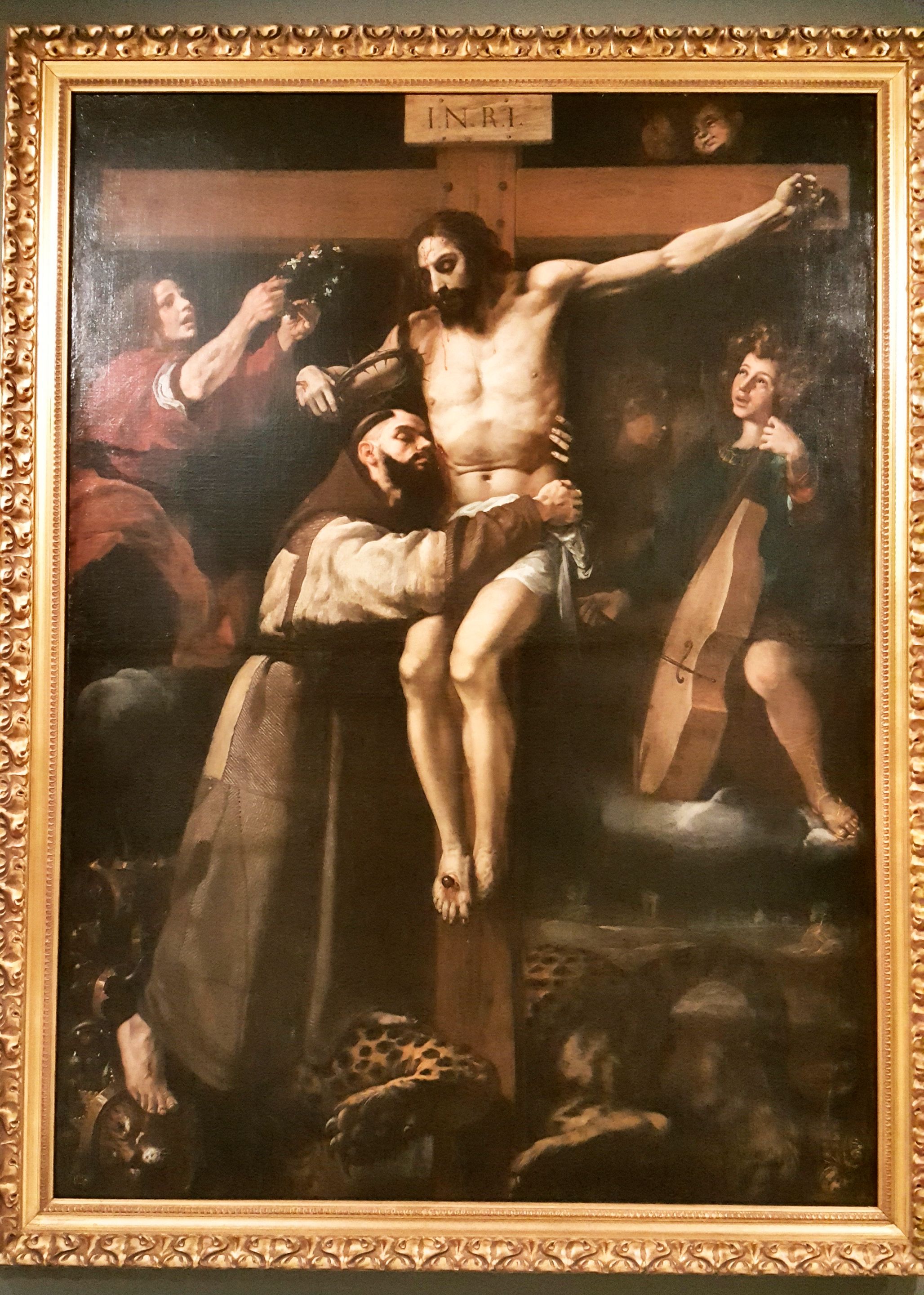
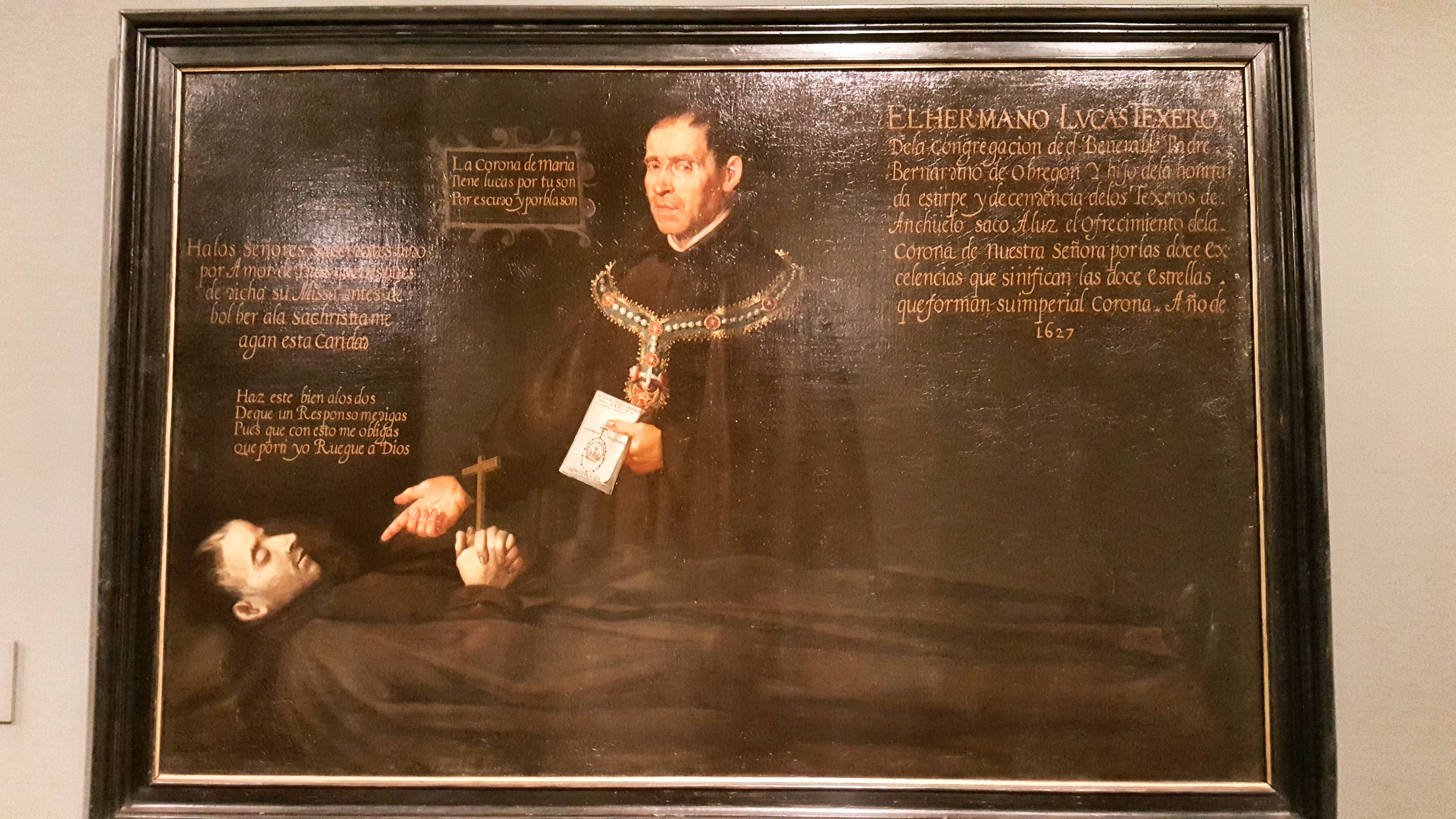
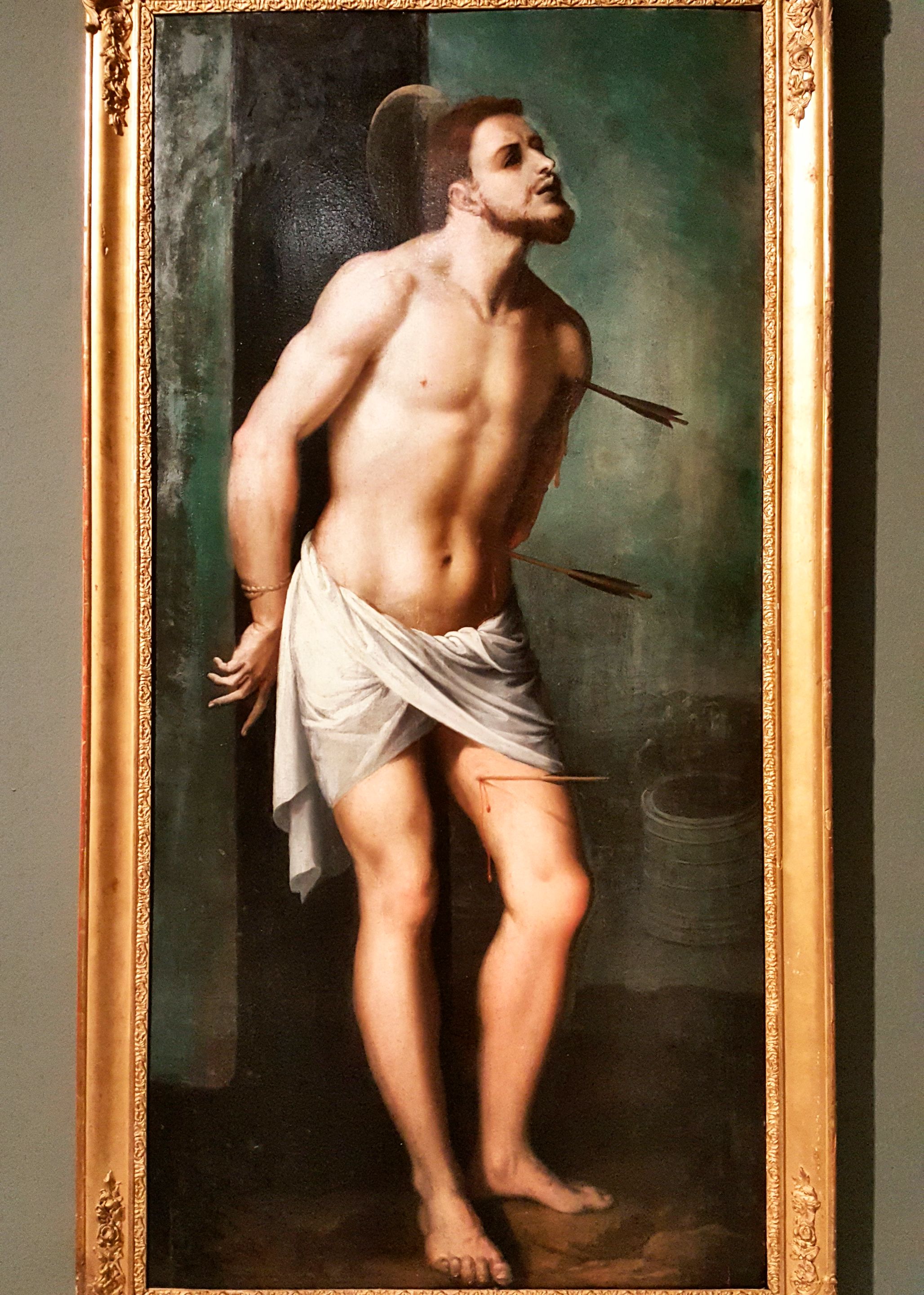 | 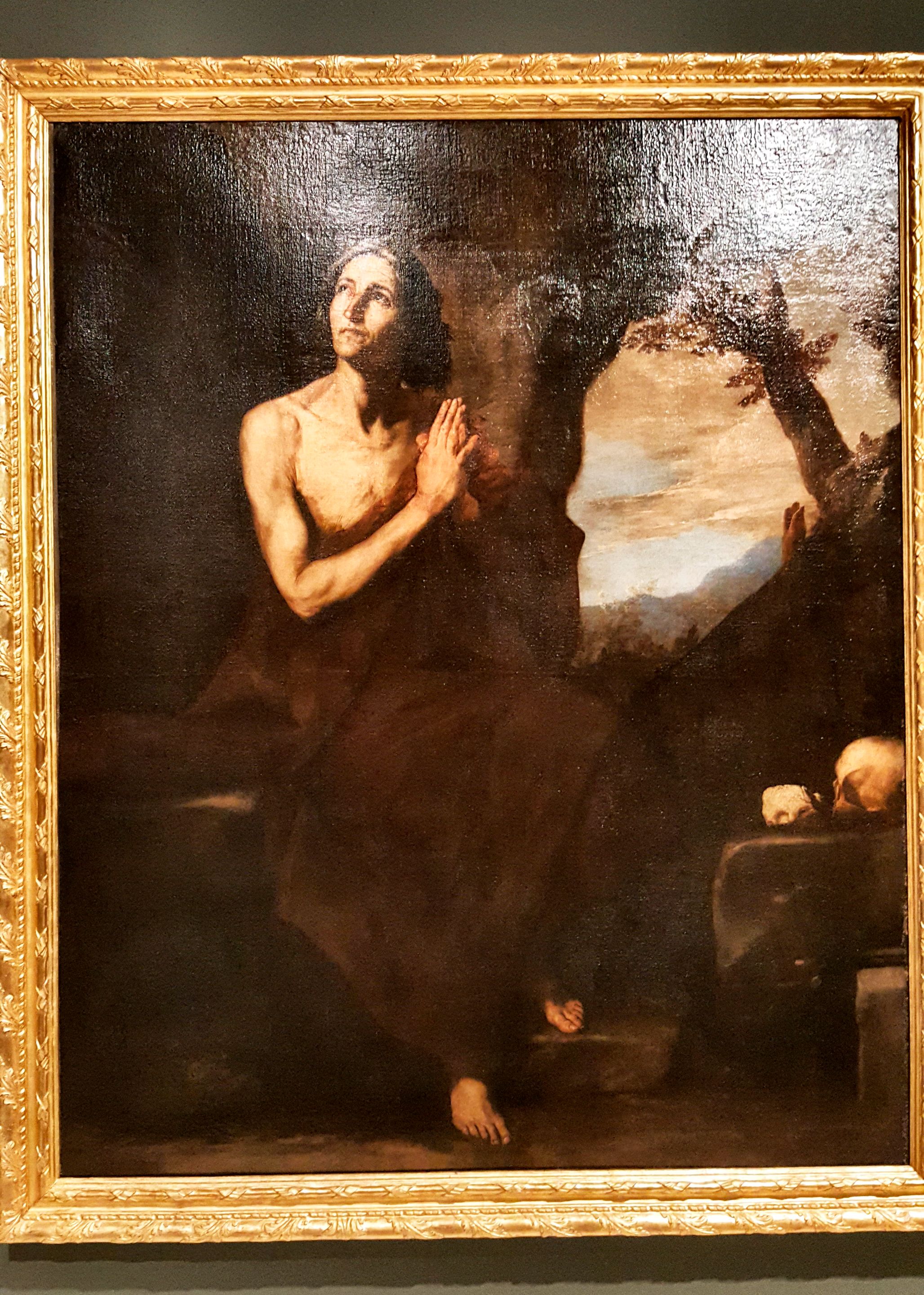 |
|---|
Many saints are depicted in these paintings, often in the form of portraits. In this way, the saints were turned into flesh and blood persons. Examples are St. Peter of Alcantara, St. Theresa, among the modern saints.
But this trend also extended to older saints such as St. Peter and St. Francis. In these cases, real people were used to paint them as models.
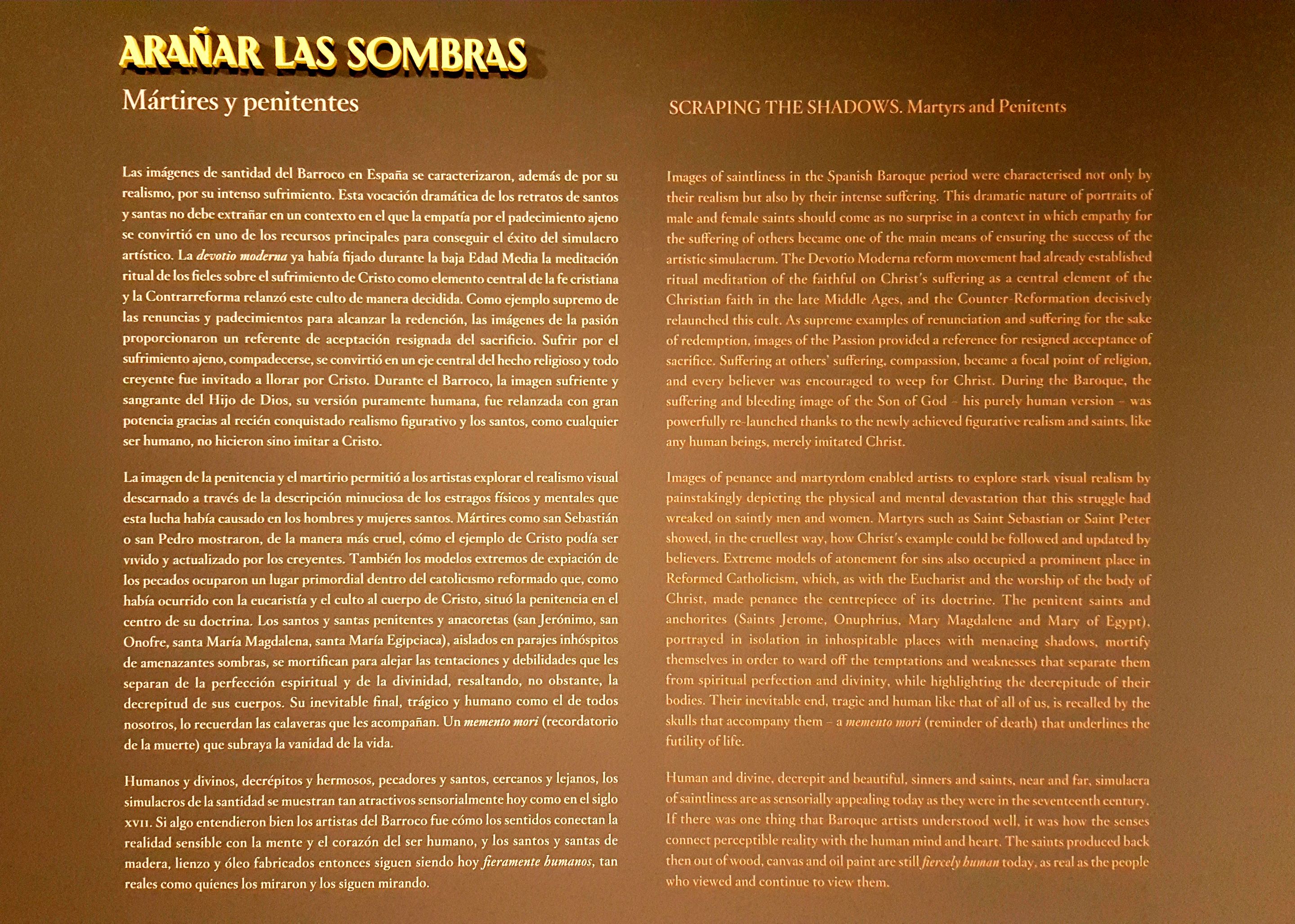
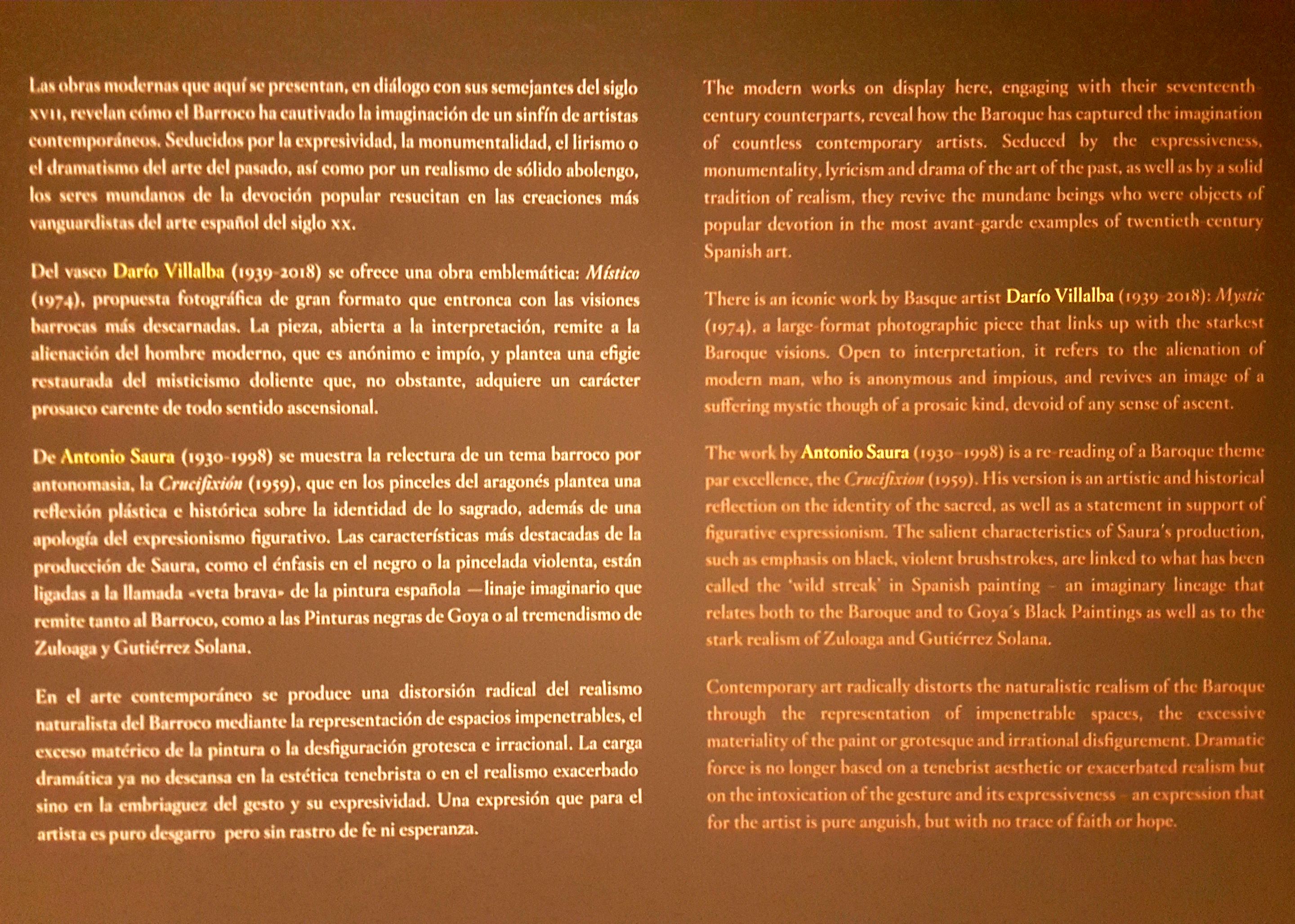
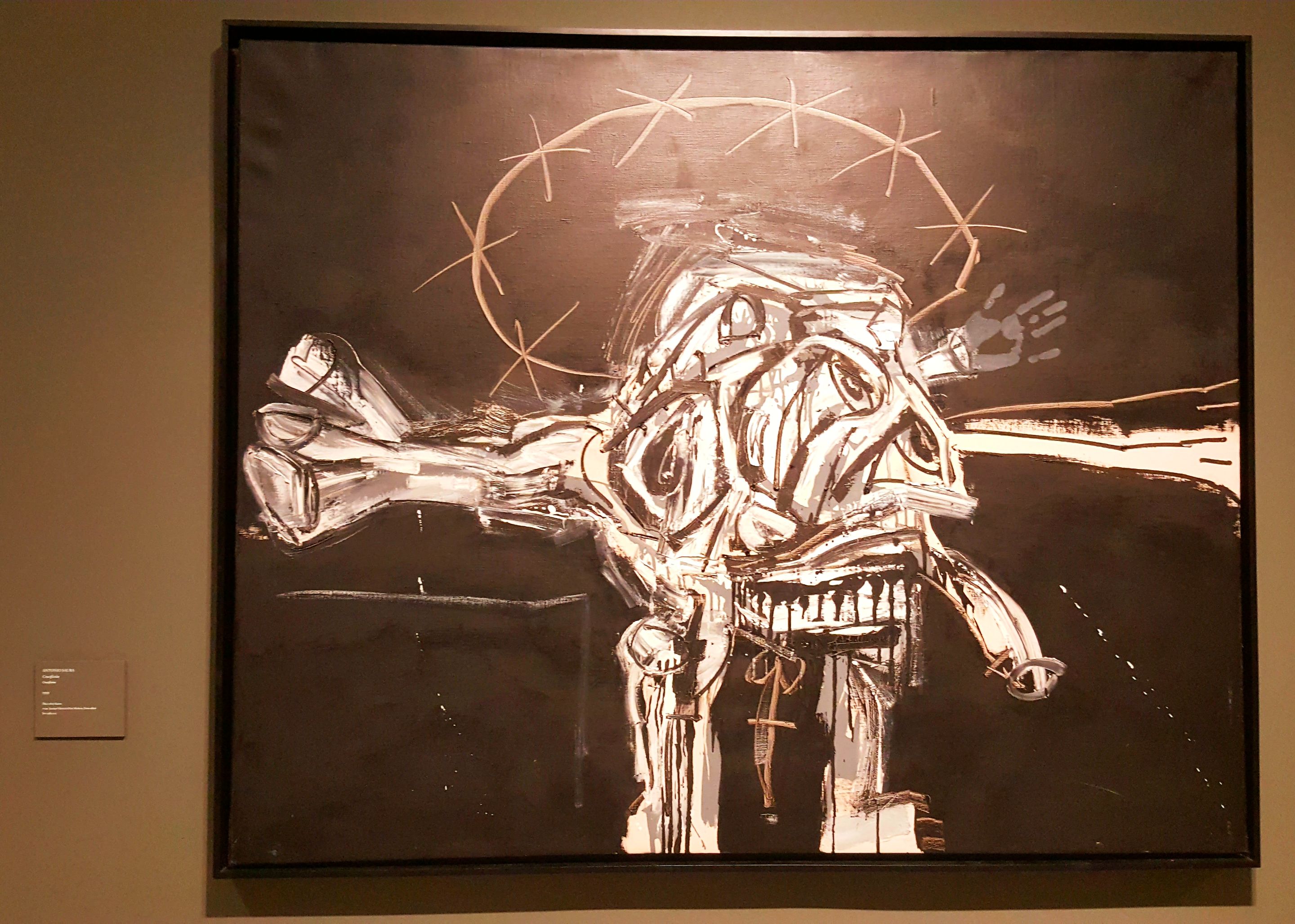
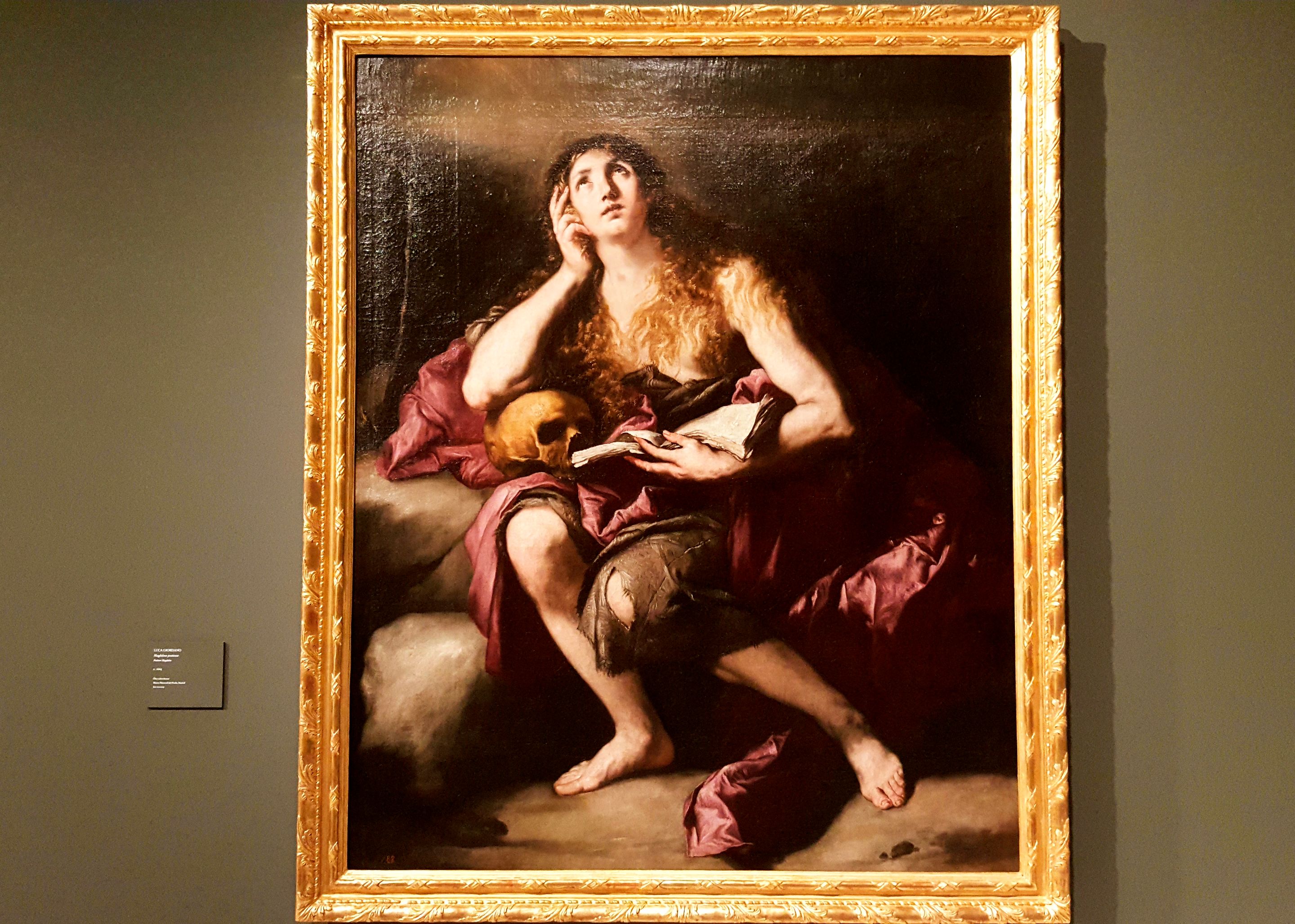
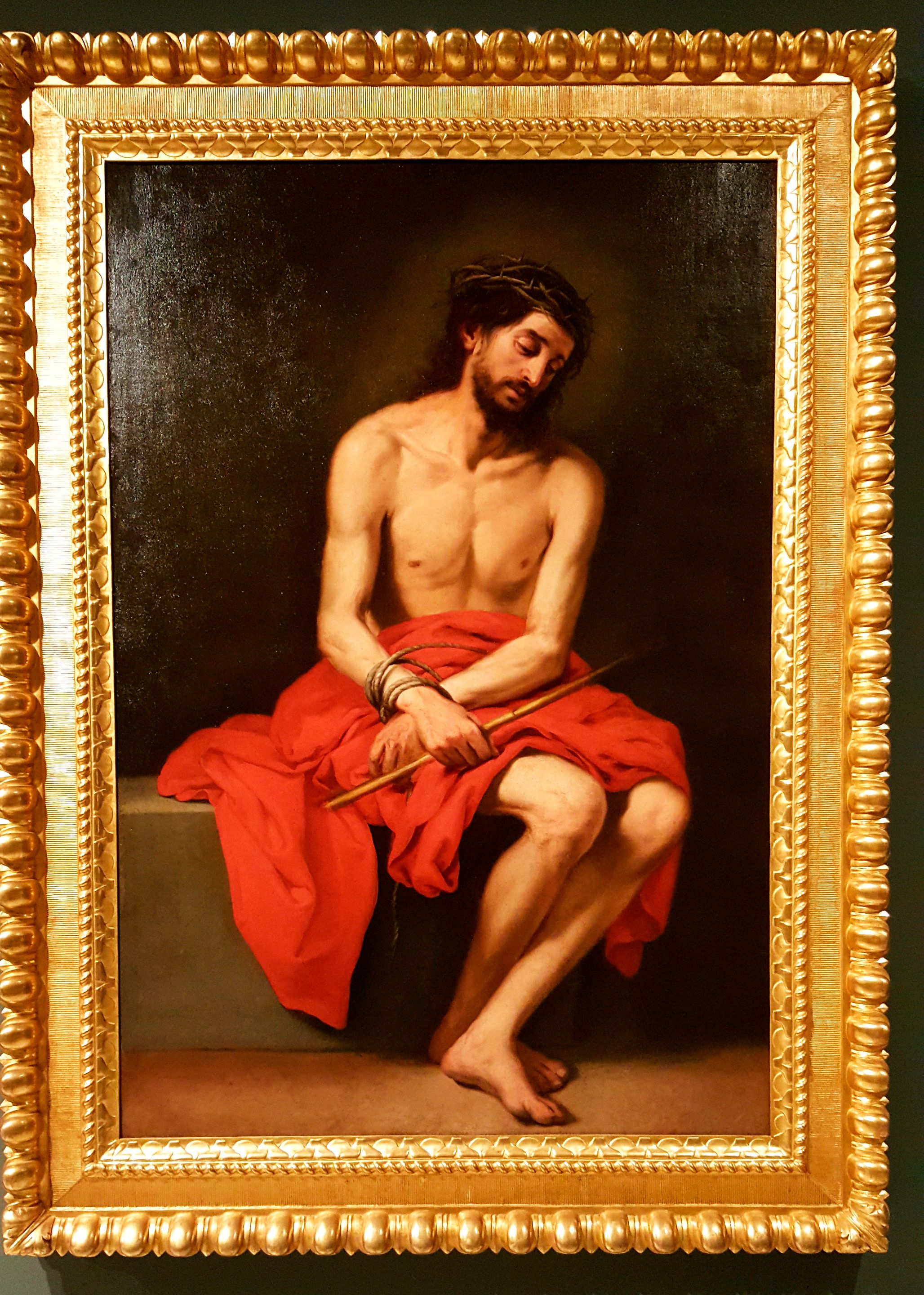
This was not an easy task for the painters of this period, as they had to reflect holiness, spirituality and perfection in human bodies. The expressions on the faces of pain and suffering are admirable, as if we were looking out of a window at a person who was really living through Calvary.
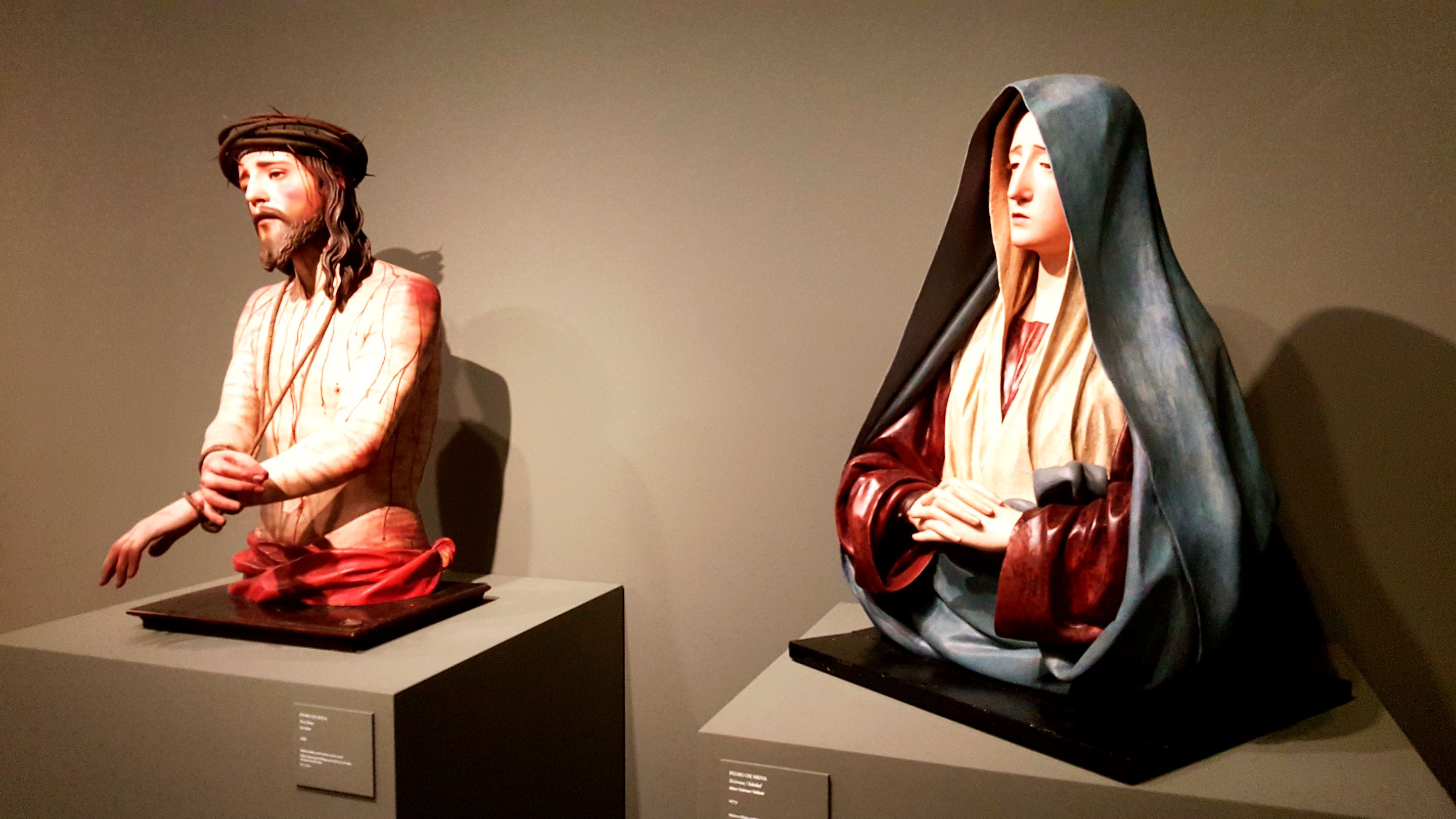

In this way they united the mortal with the spiritual in a painting or sculpture where realism and perfection synchronised.
The baroque style expanded into the 17th century.
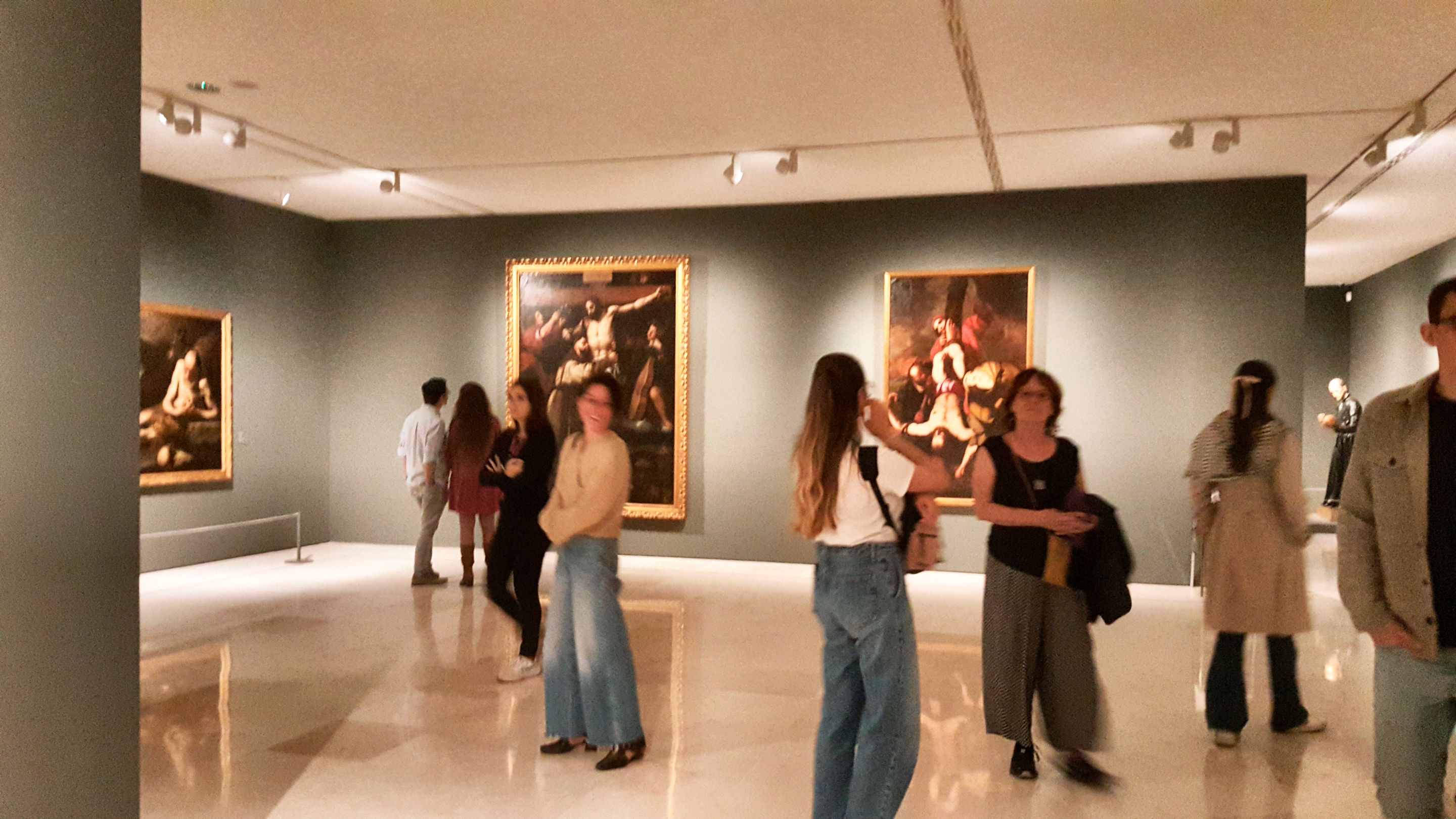
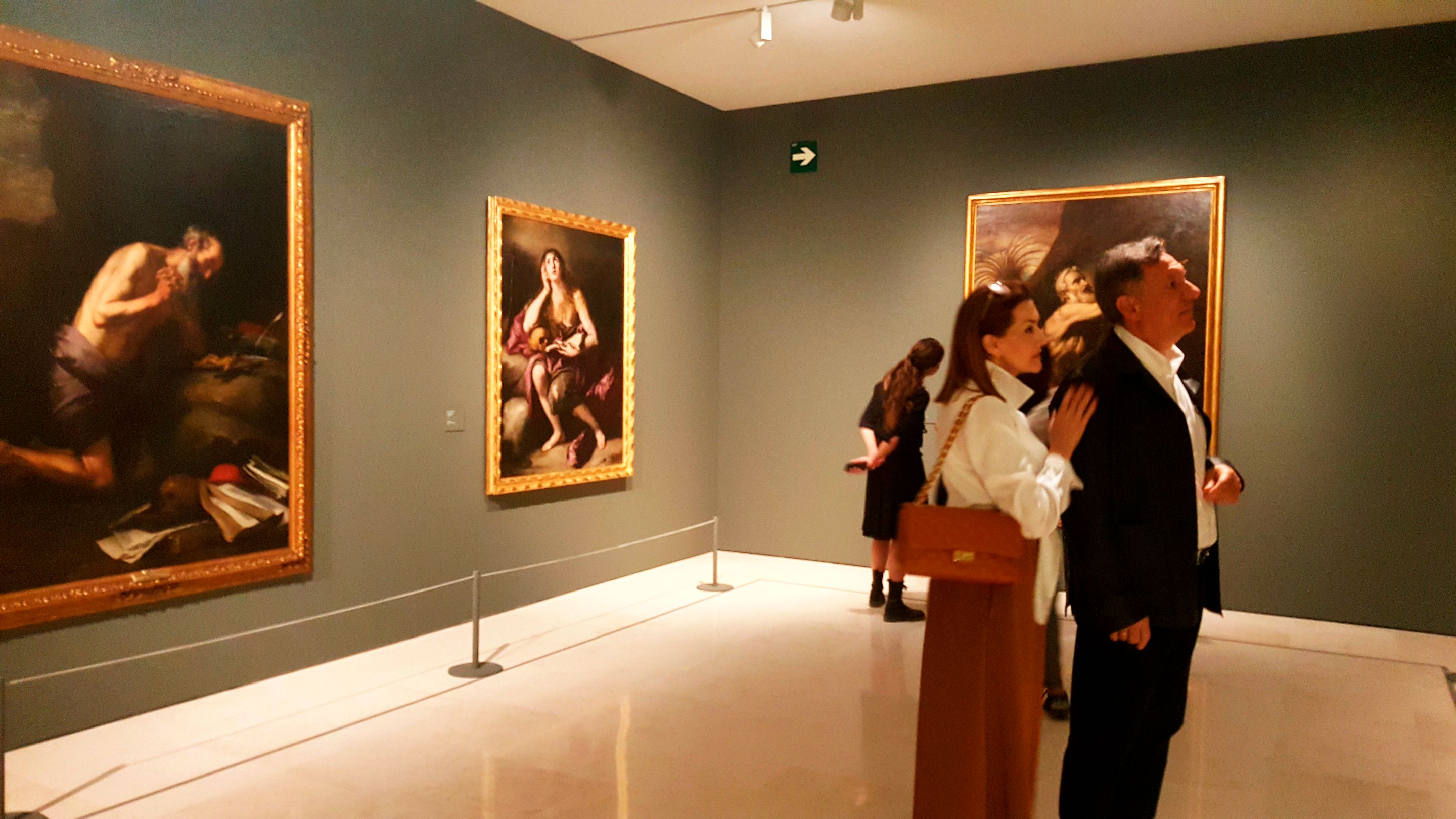

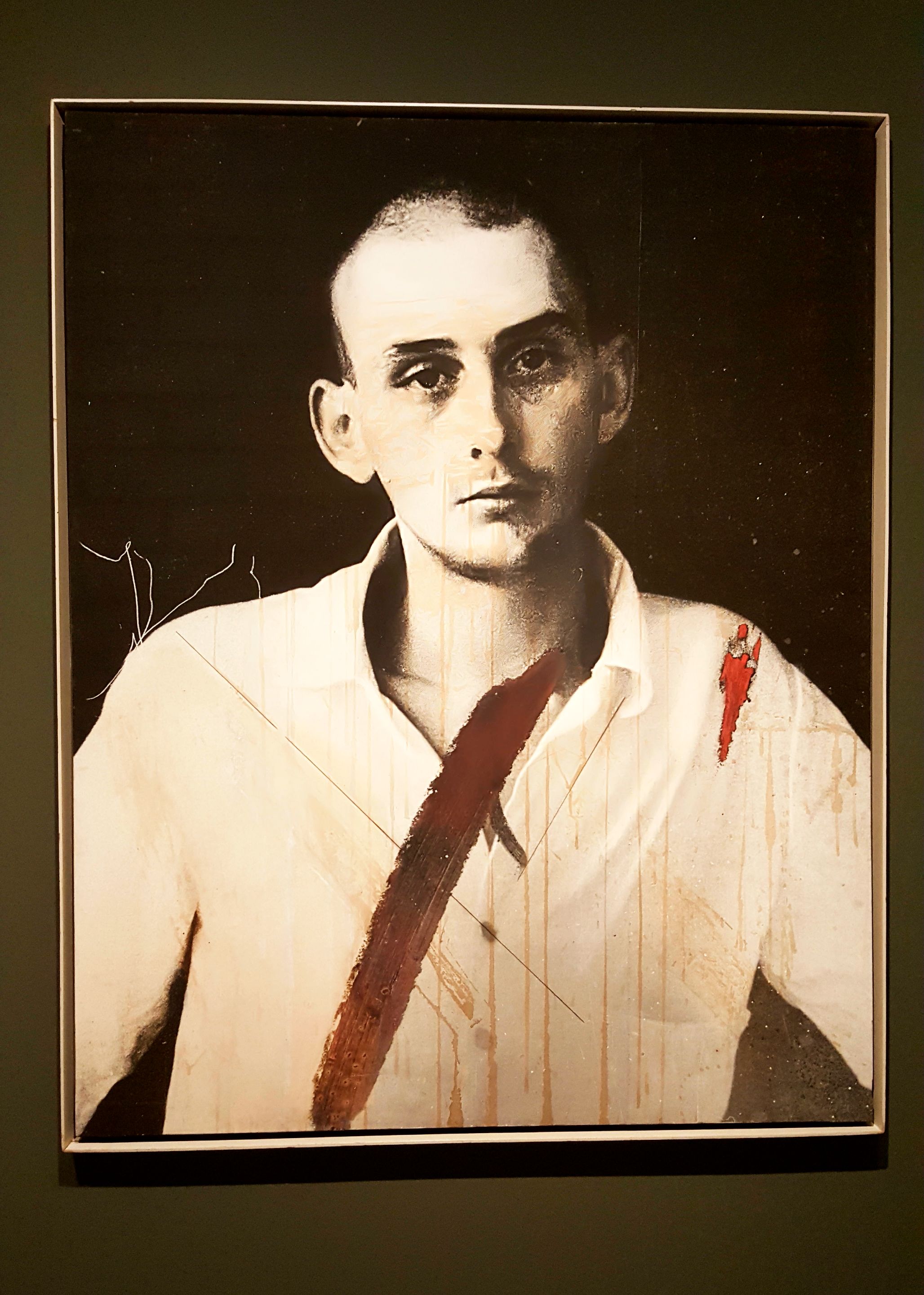
In several parts of the exhibition, there are writings on the walls, both in Spanish and English, since the amount of tourists that visit this museum and especially this exhibition is very high.
In addition to all the above, the style used in the works of art is striking because of the suffering. That is why not only saints but also martyrs have been depicted.
The aim is to make people have more and more faith and empathise with the work, which contains a deep dramatic tone. The suffering of the people depicted in the paintings was the key to the whole movement of Christianity to bring the faithful together.
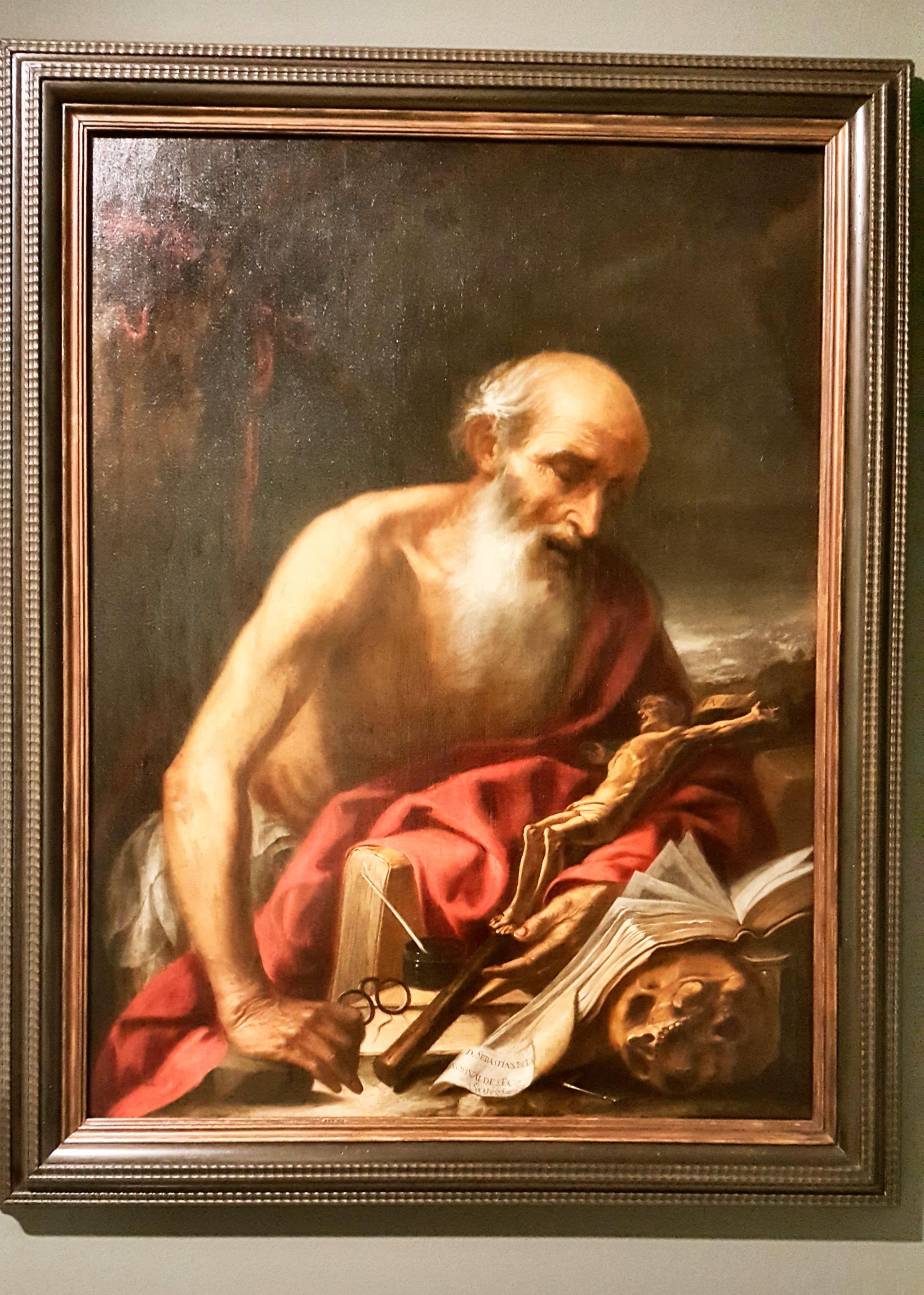 | 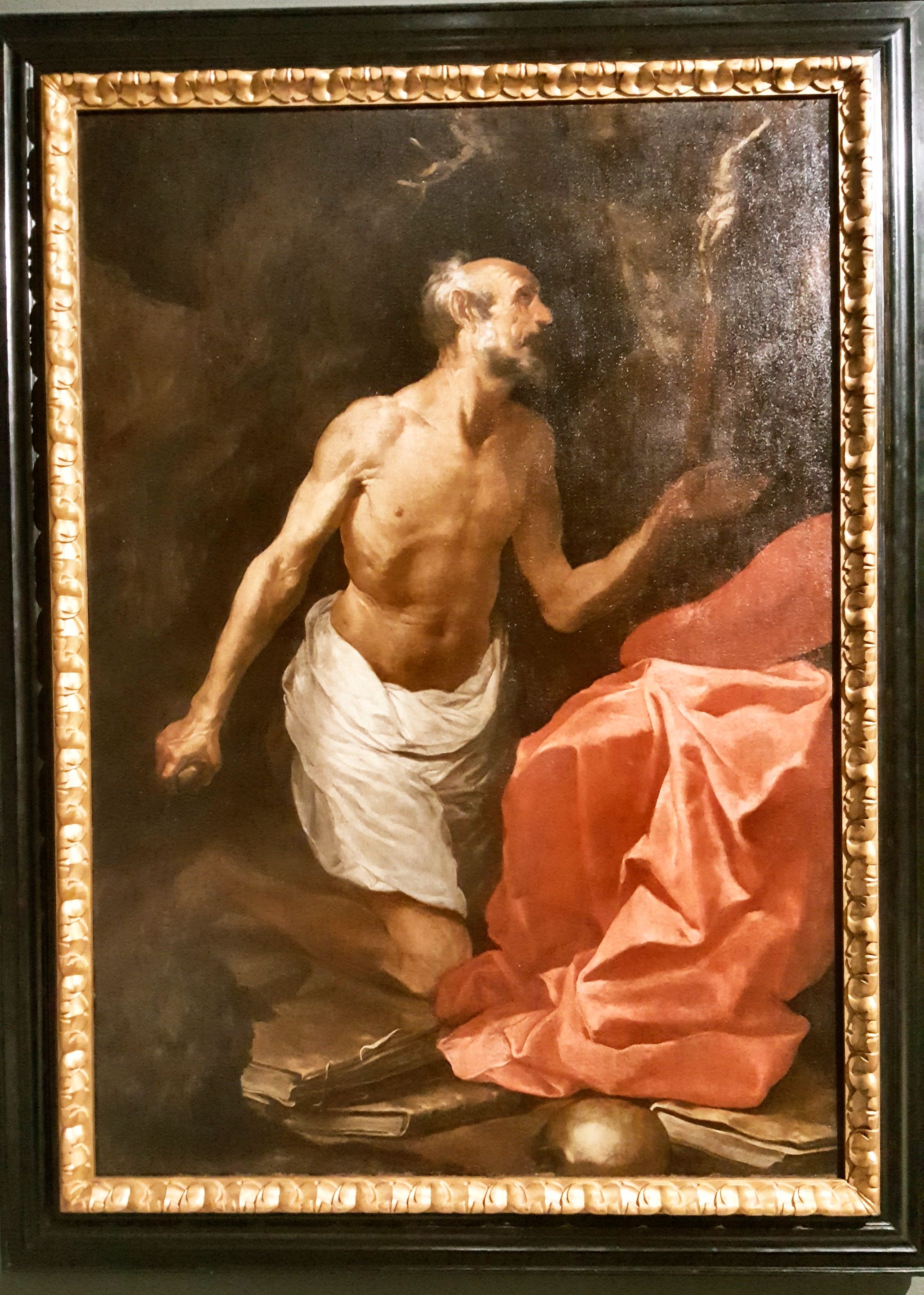 |
|---|---|
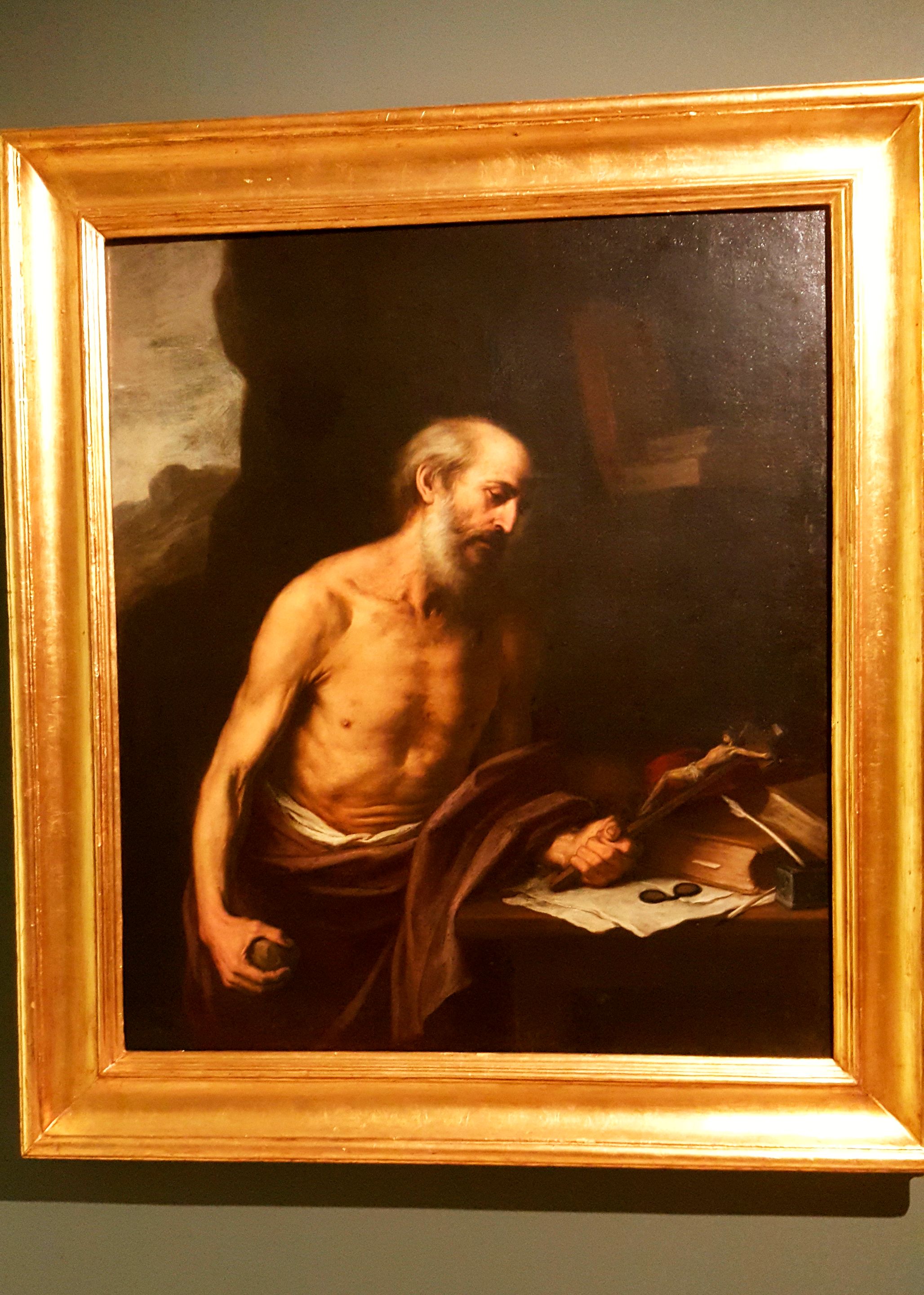 | 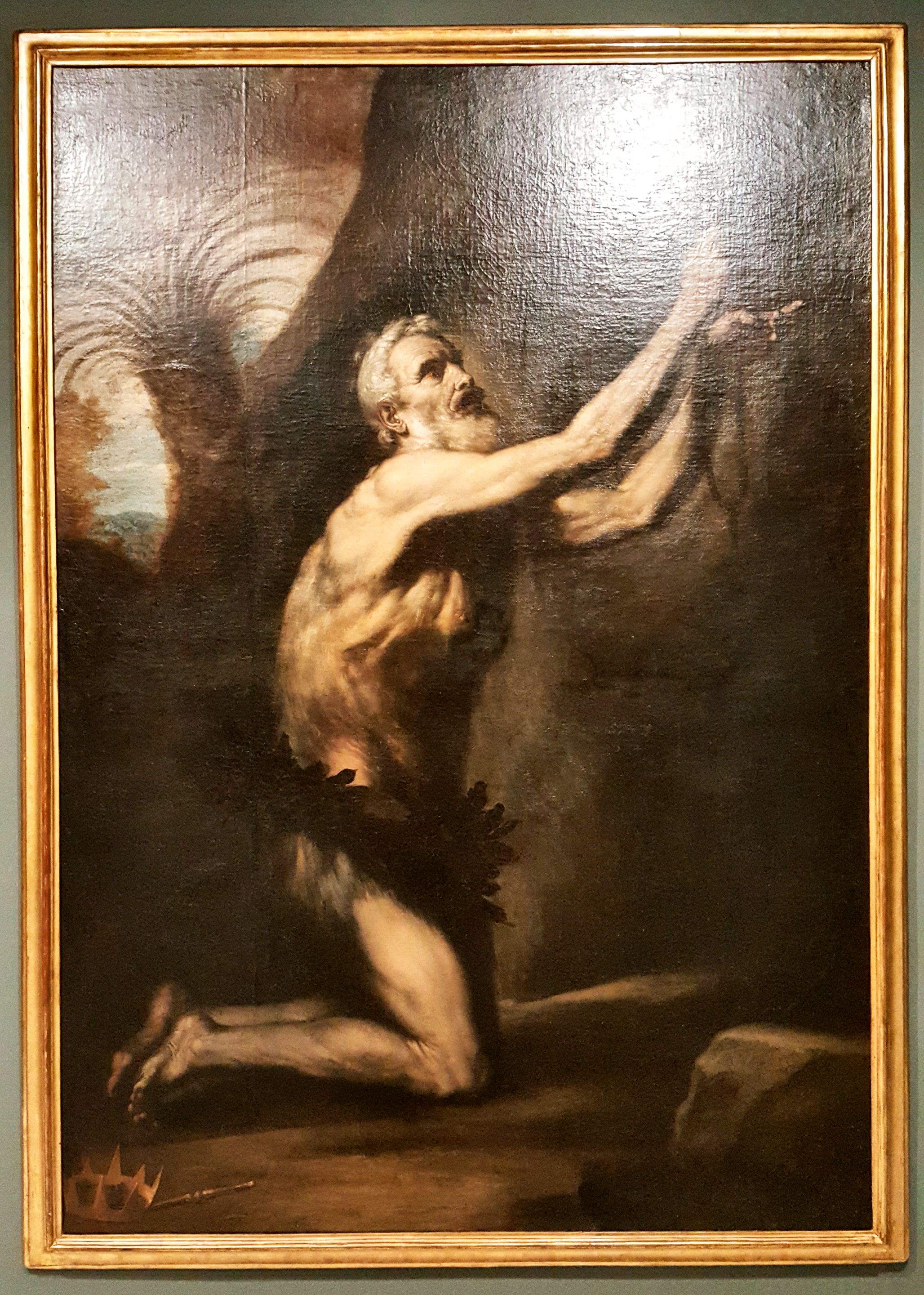 |
To achieve that compassion in people for the suffering of others was the major aim at that time, and baroque art was the great resource. At first the central character was Christ, a human, bleeding and suffering Christ, and then this was expanded to the saints, making them human and suffering. Thus everyone wept along with Christ and also with the saints in achieving this empathy.
On the other hand, the paintings show the penitence, the martyrdom, the sadness, the sorrow that made the believers experience the same thing that happened to the saints and to Christ himself.
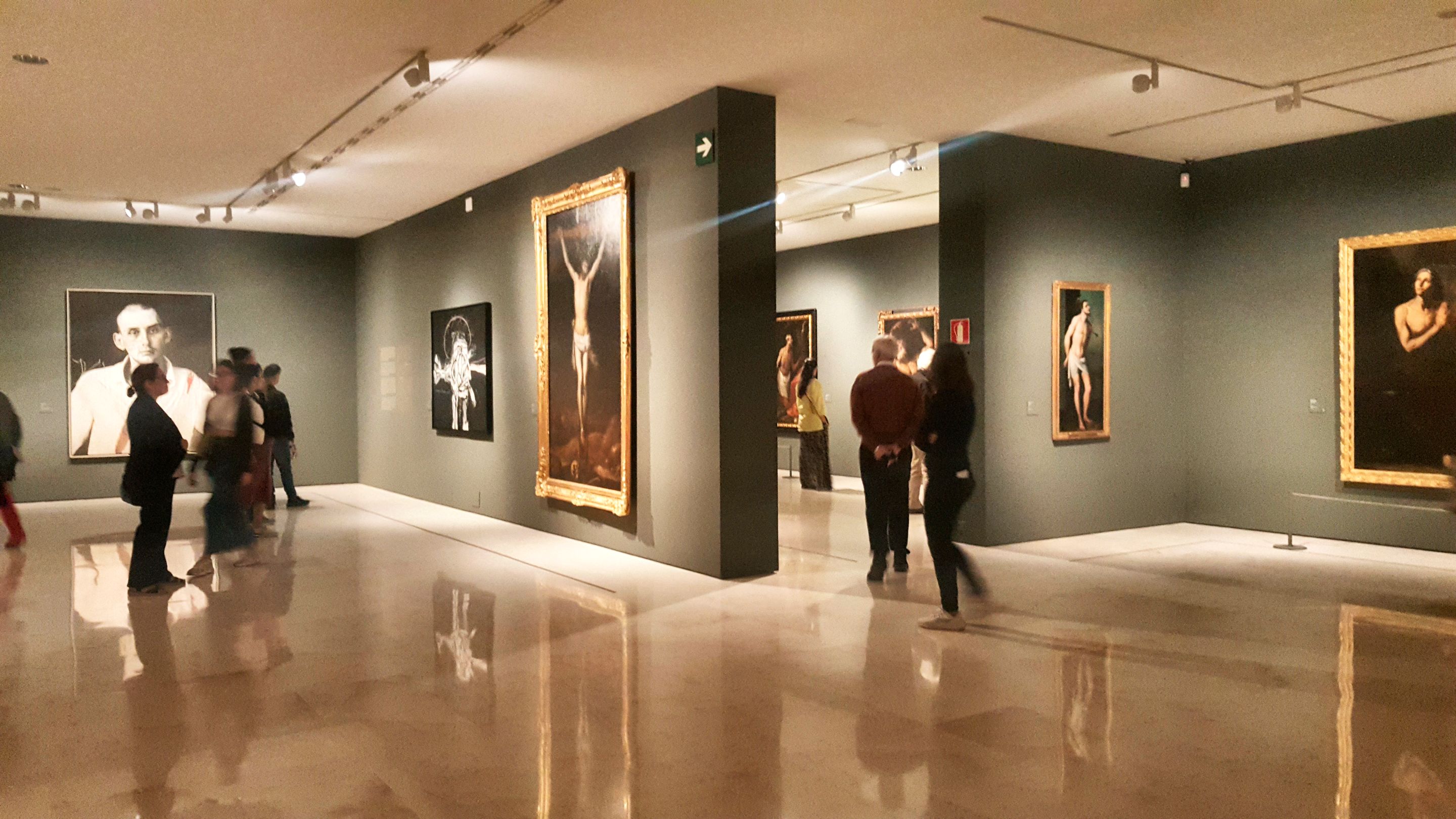

In several of the paintings, in addition to the above, this suffering is shown, but in the form of penance for the sins committed, seeking forgiveness.
Another reason for penance was to avoid temptation, so that self-punishment prevented falling into temptation. Thus martyrs, penitents and saints isolated themselves in the shadows to achieve this atonement. They suffered in silence and darkness.
According to this conception the human being is weak and can fall into temptations, as the paintings show, and with this penance they could become more spiritual and achieve salvation.
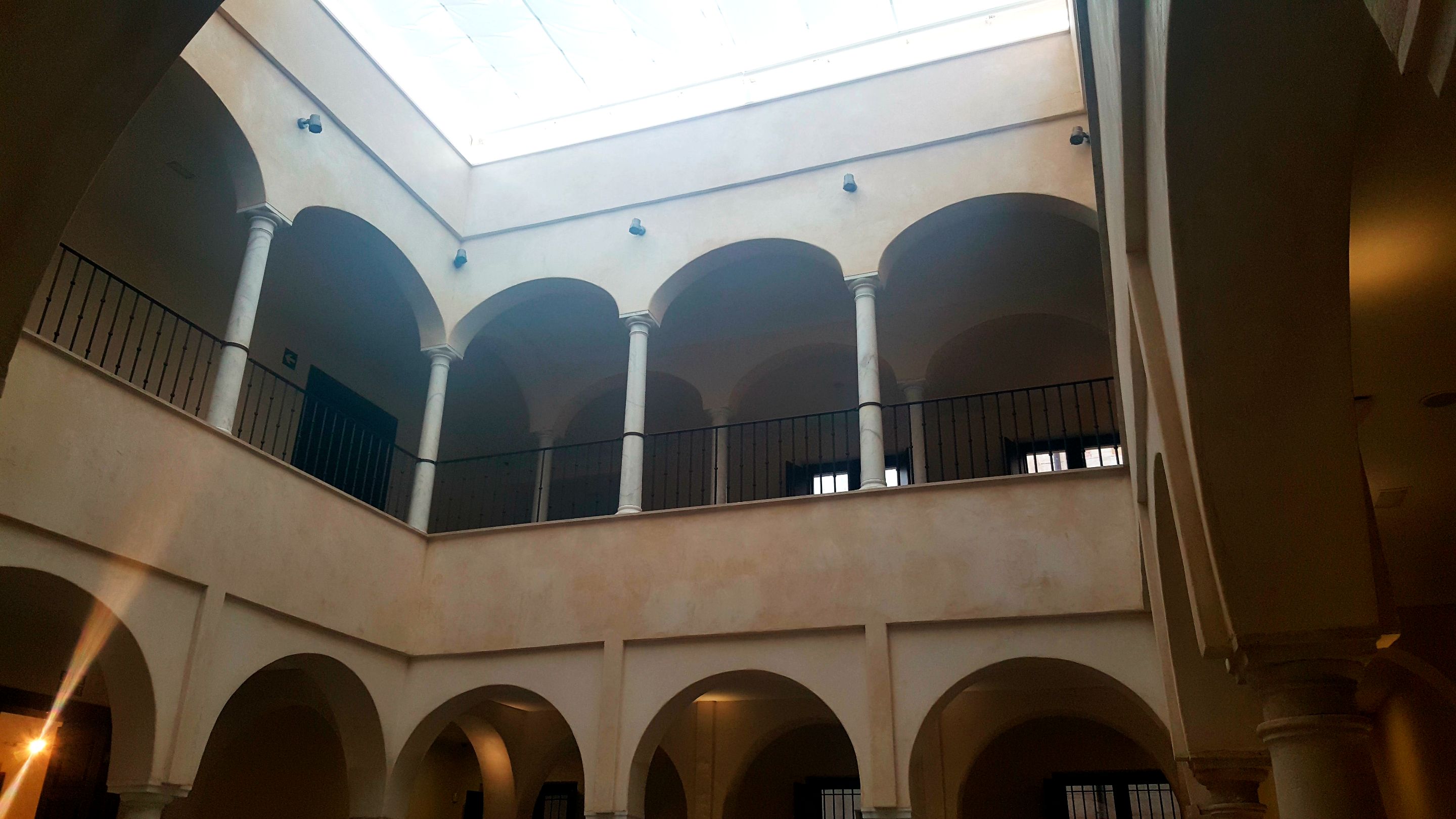

Baroque artists used the connection of the senses, especially sight, to connect with the mind and the interior of the human being and to tell them that saints could be real and thus achieve that union between saints and humans.
In the exhibition there are also some contemporary works, but very few.
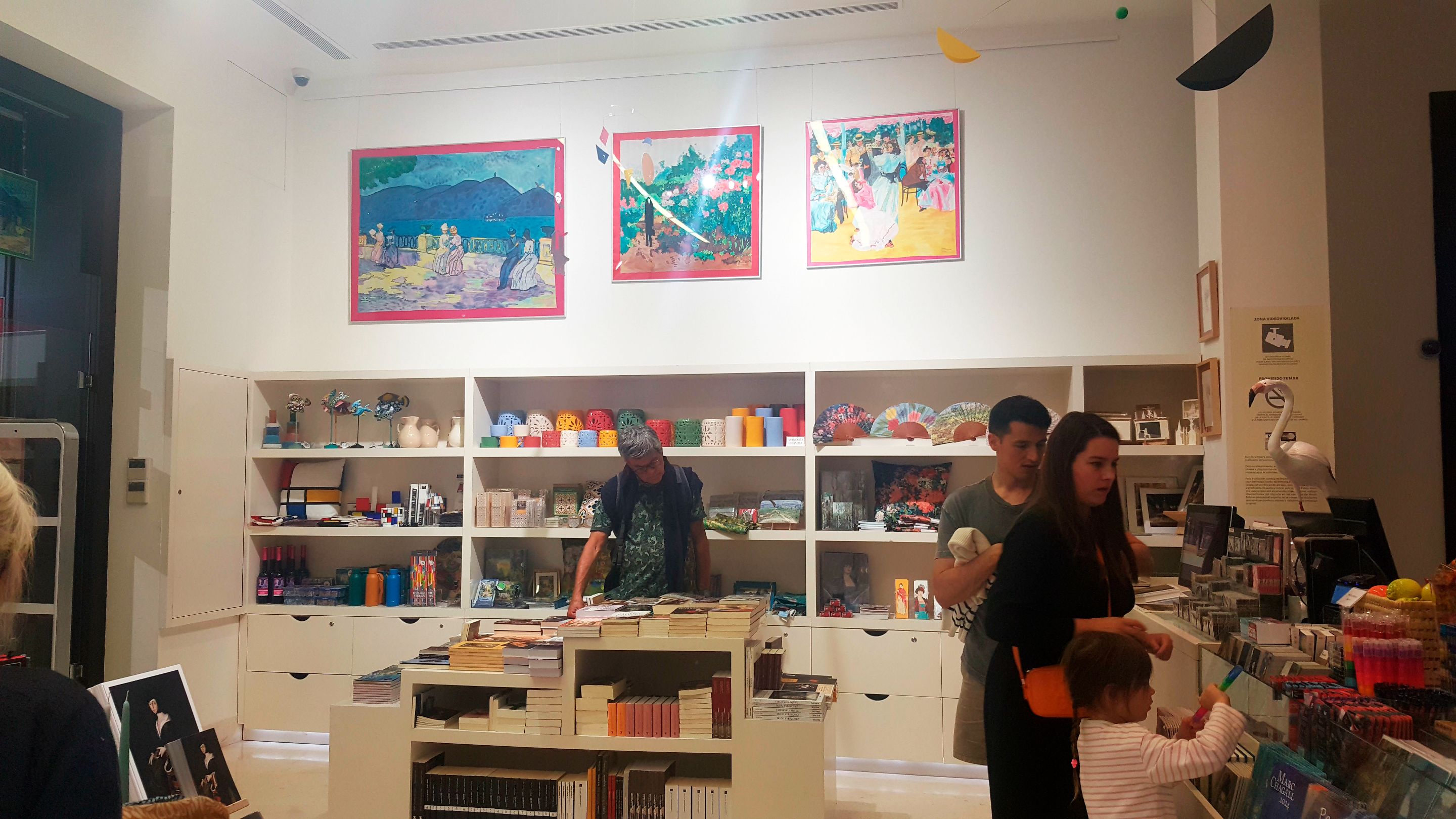
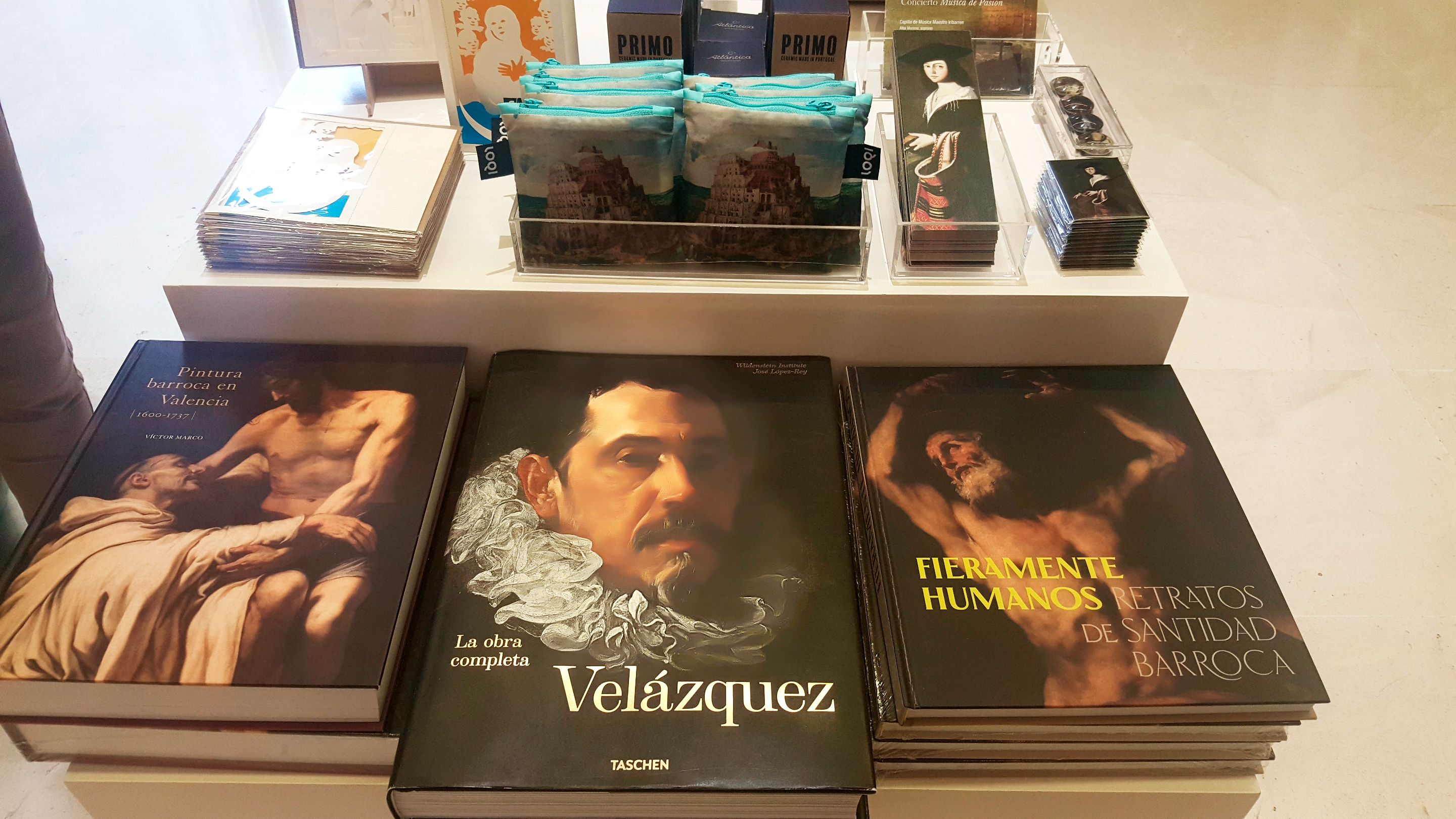
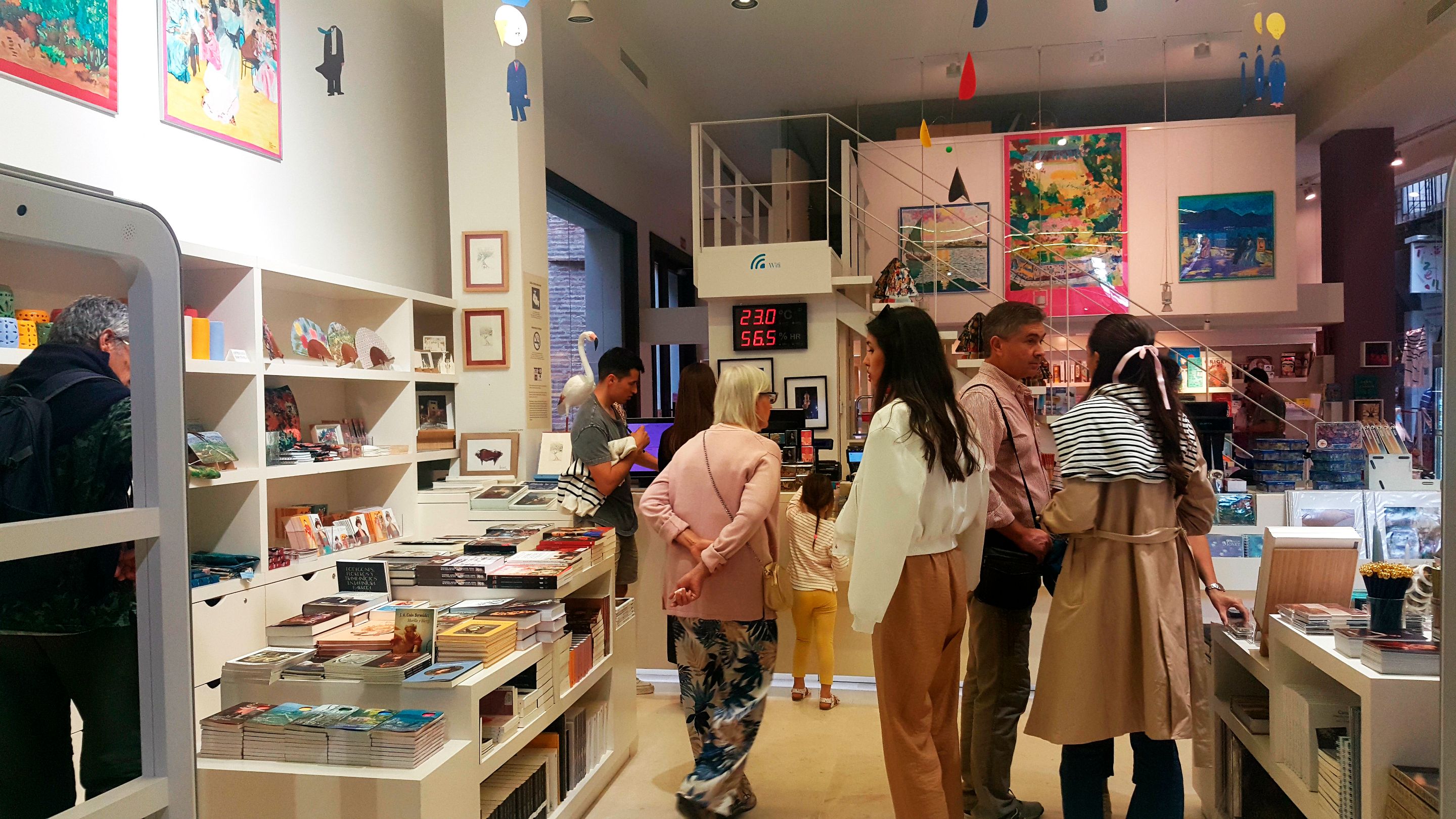
Beyond, as I always say, the religious sense that these works have, I admire their realistic execution and that they managed at the time, and why not today, to connect the viewer with what they are trying to express.
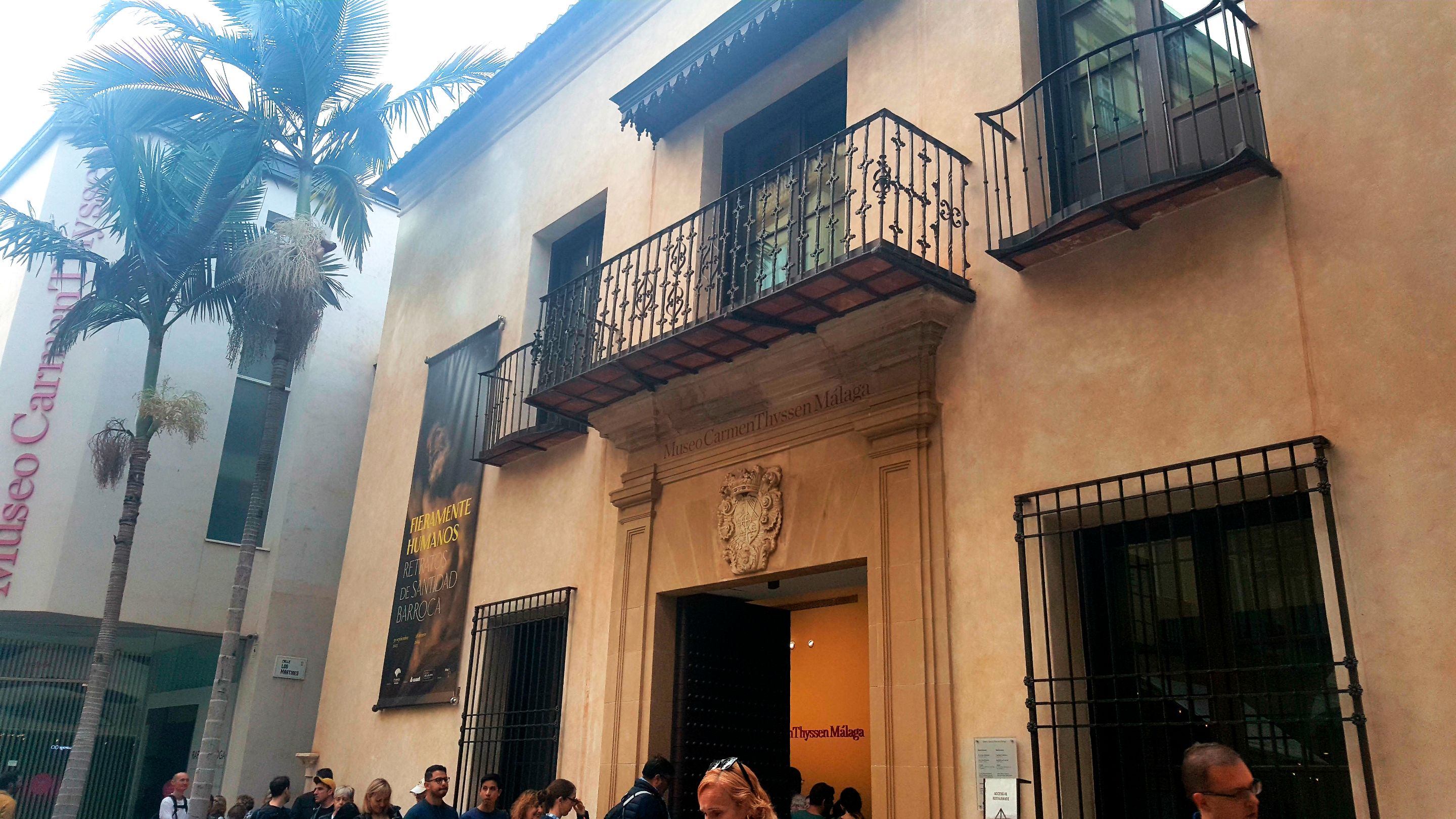
Great works, beautiful, realistic, emotional, where much of humanity is captured. Perfect paintings, where it may seem to you that you are looking at a photograph of a real event.
Thank you all for joining me in this exhibition. Best regards and see you next time.
Amonet.

Separators created by me in Photoshop.
Used translator Deepl.com free version.
[//]:# (!pinmapple 36.72145 lat -4.42304 long Fiercely Human - Temporary exhibition Thyssen Museum 📷 Malaga - Spain d3scr)
